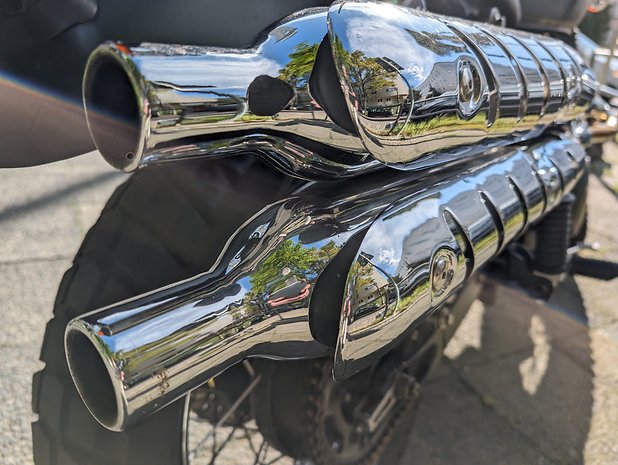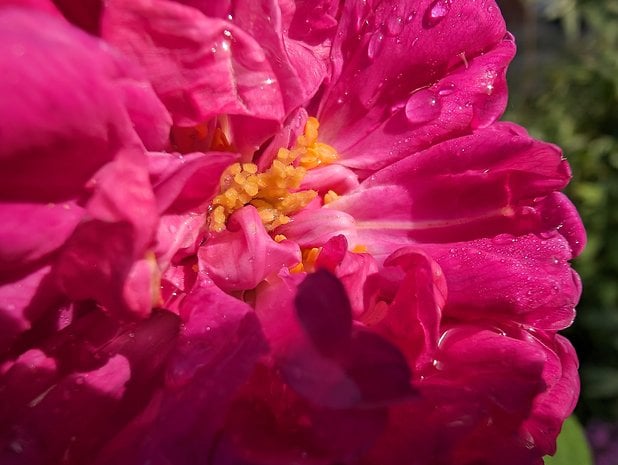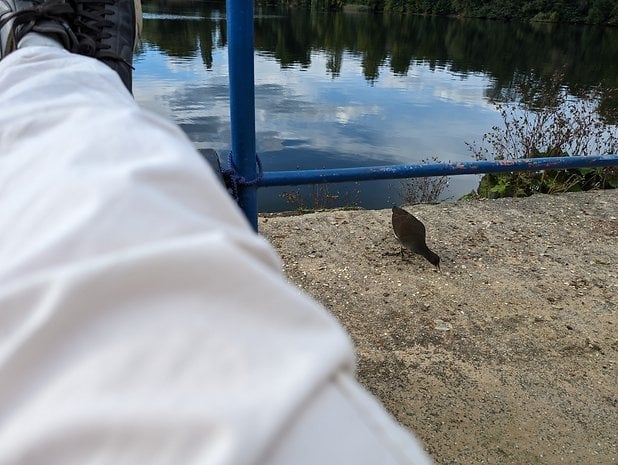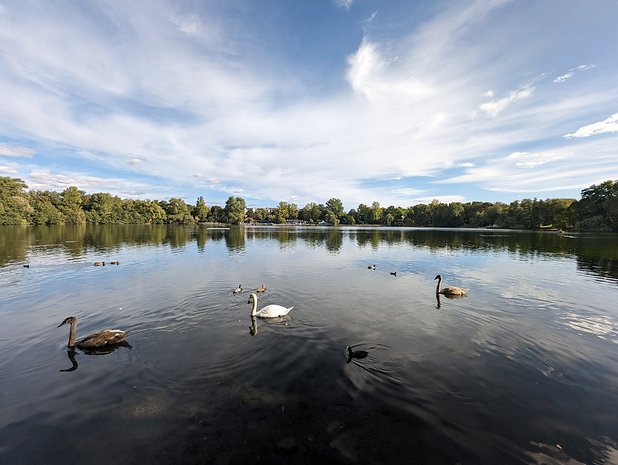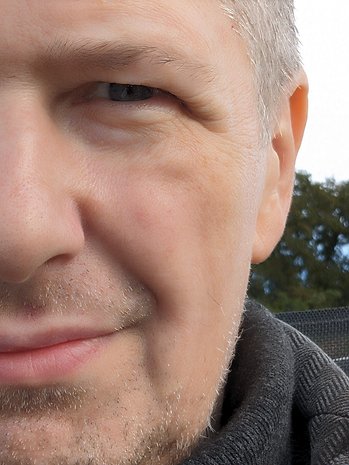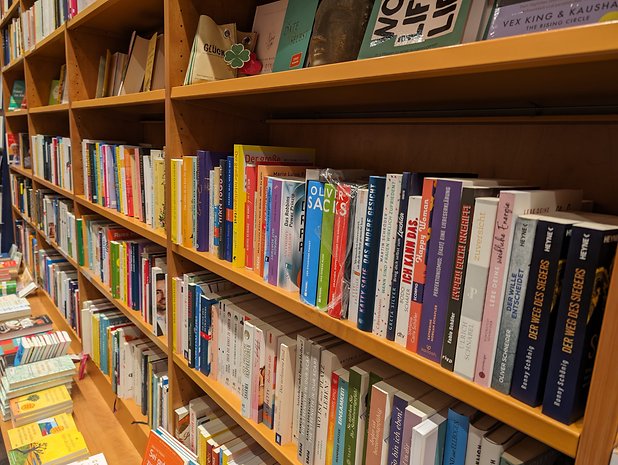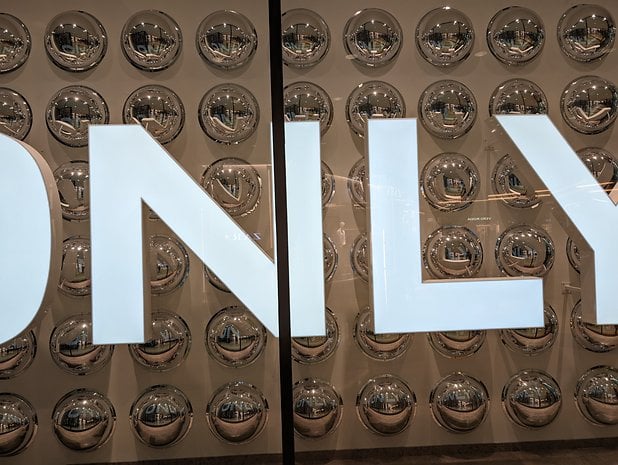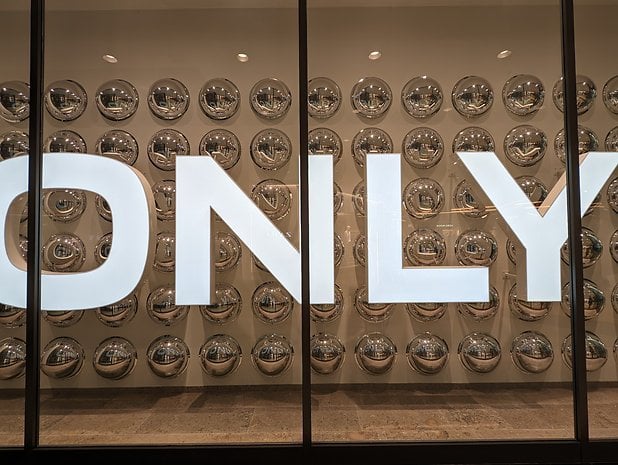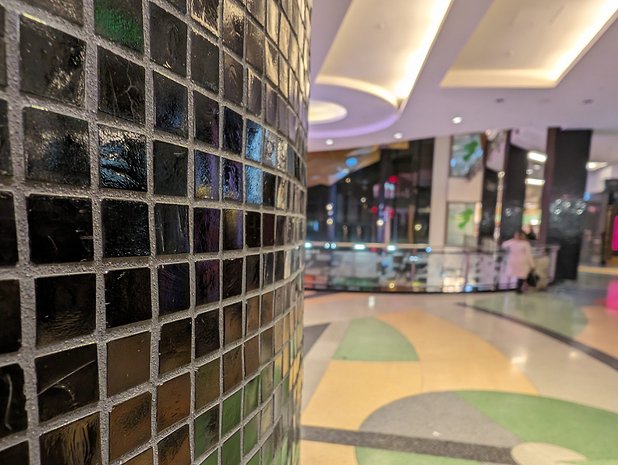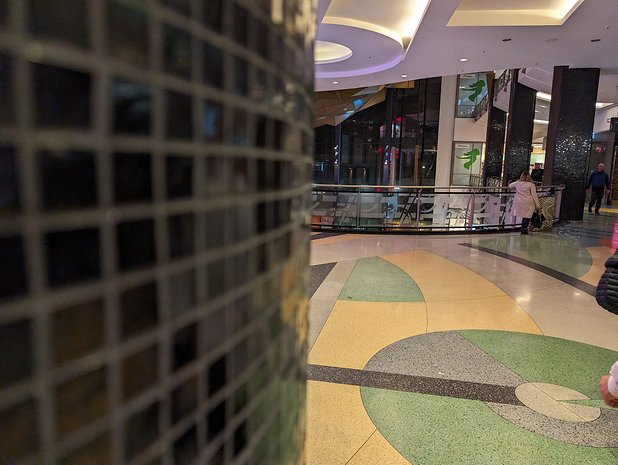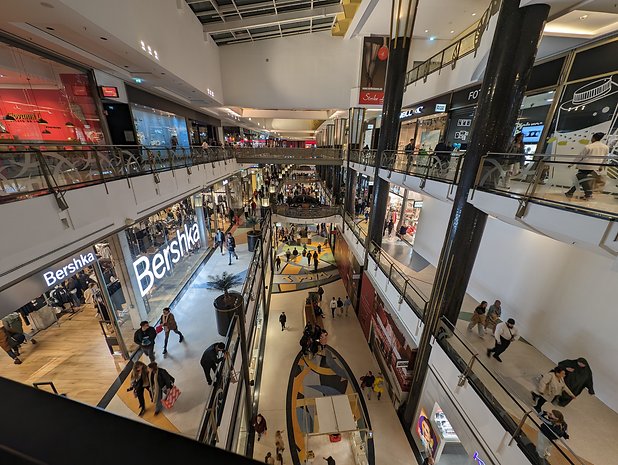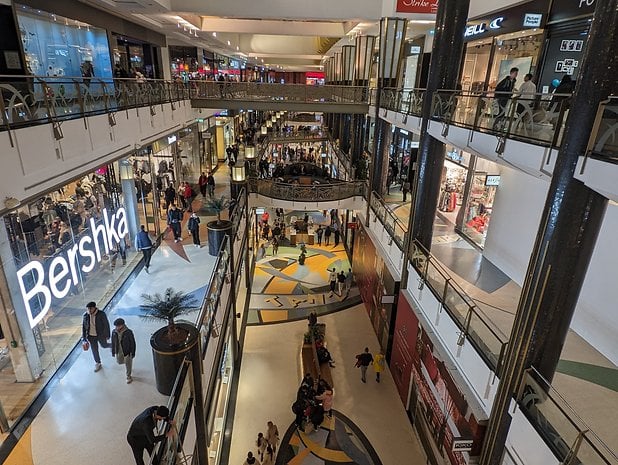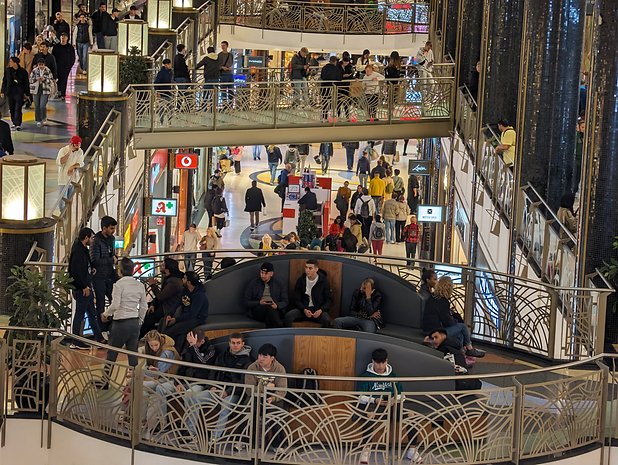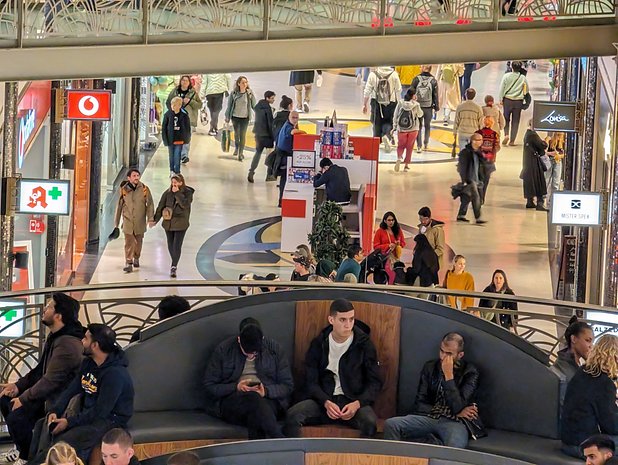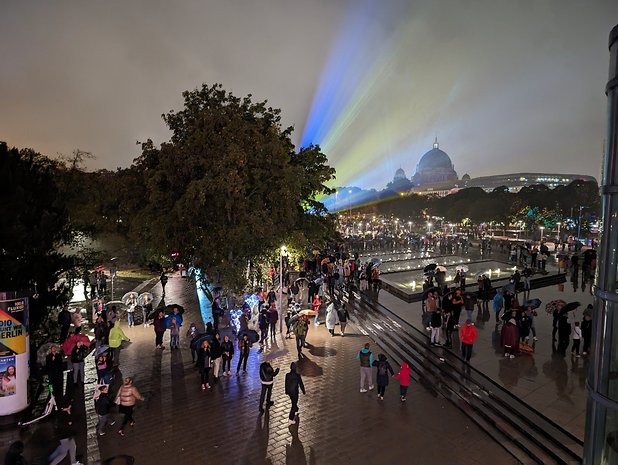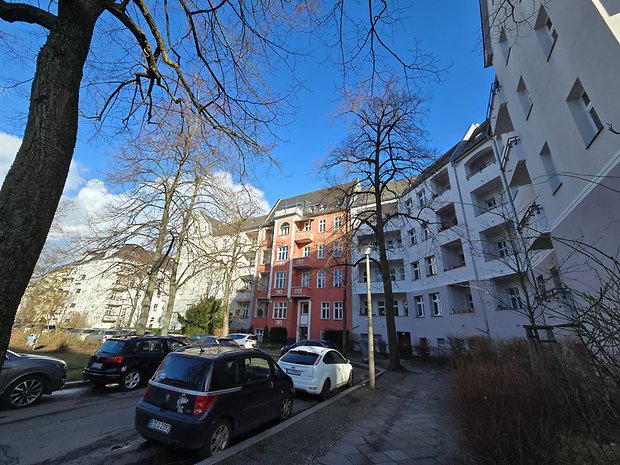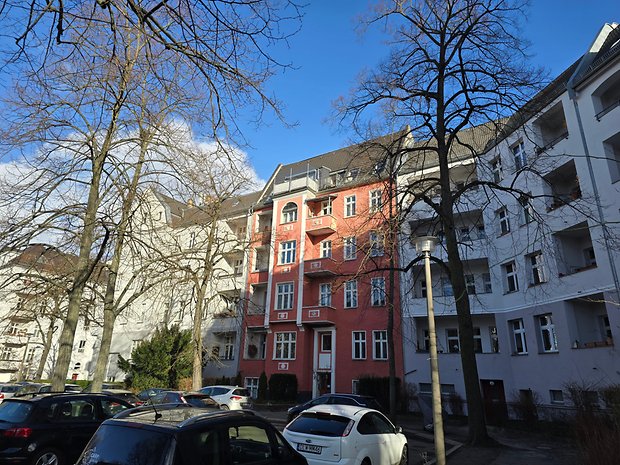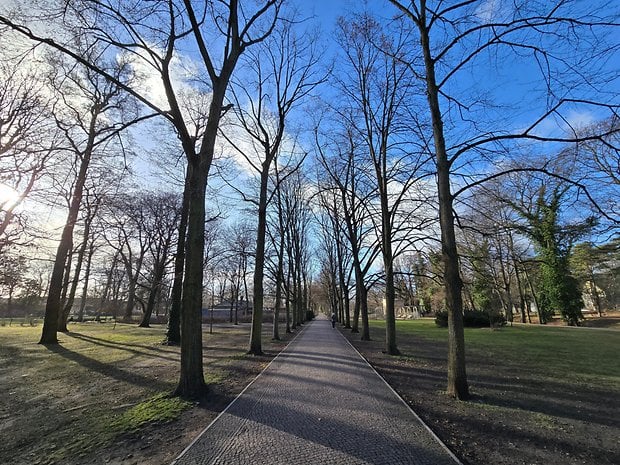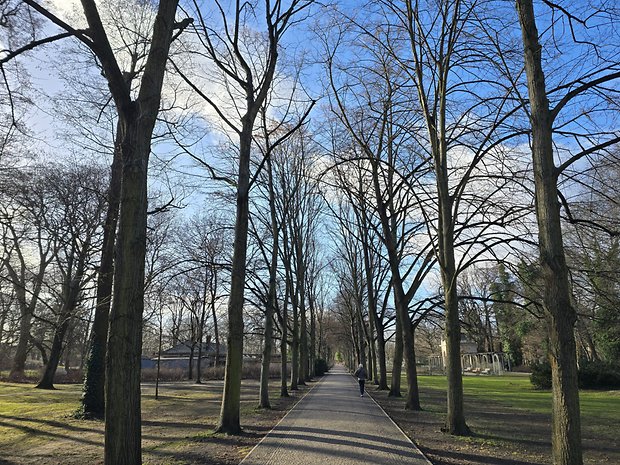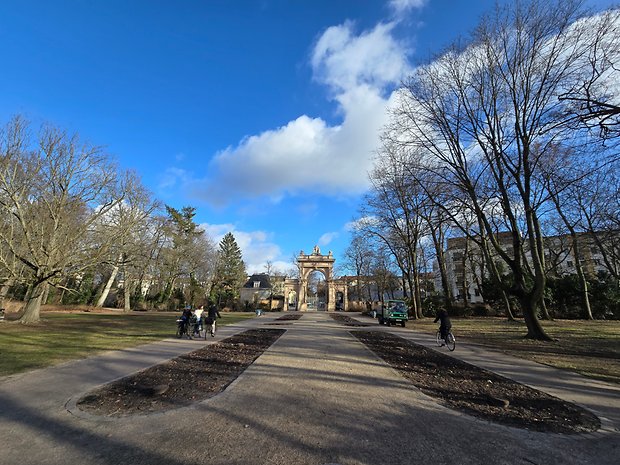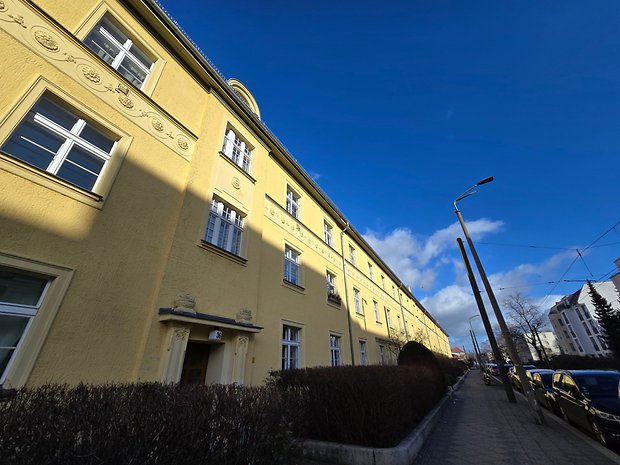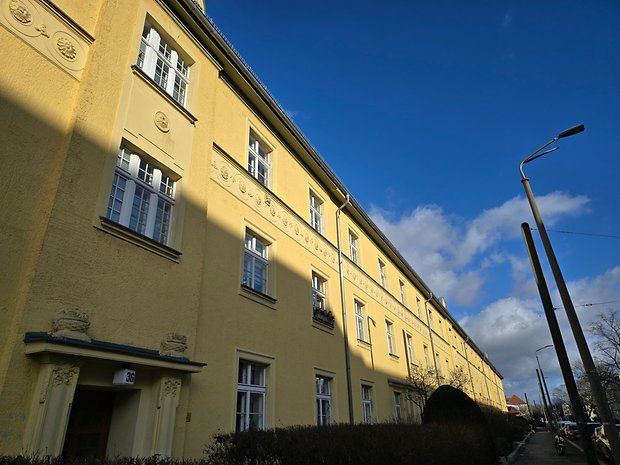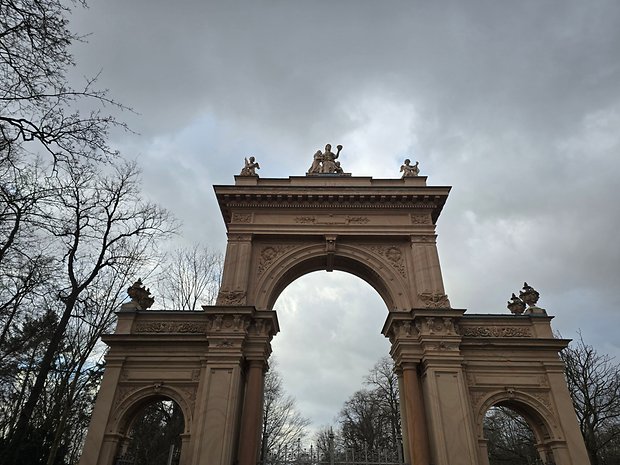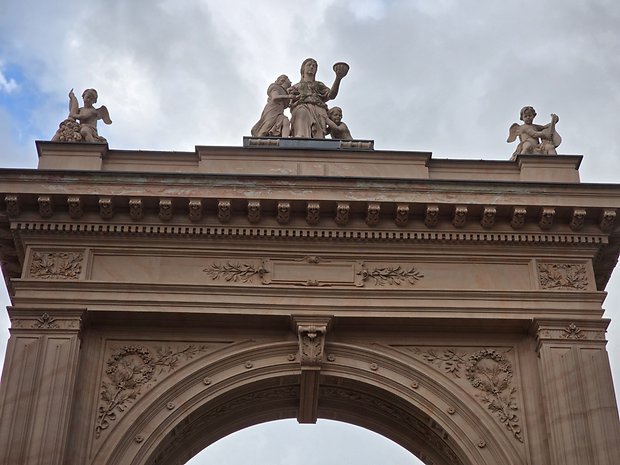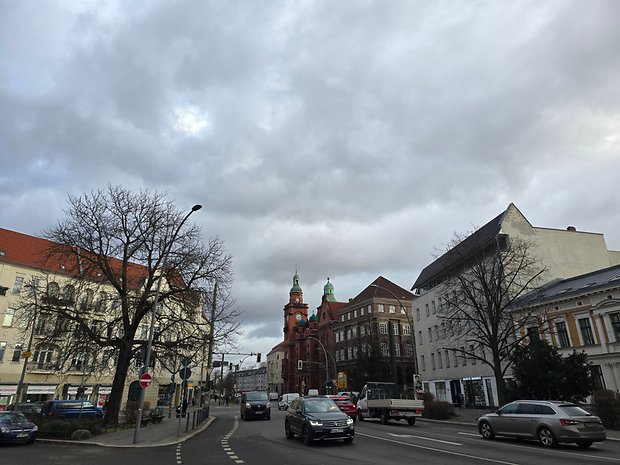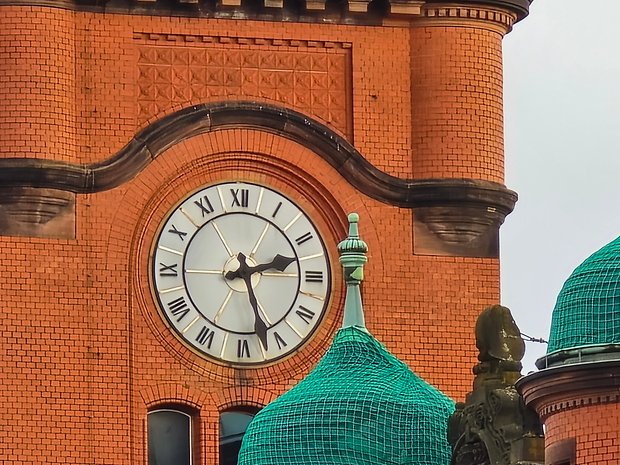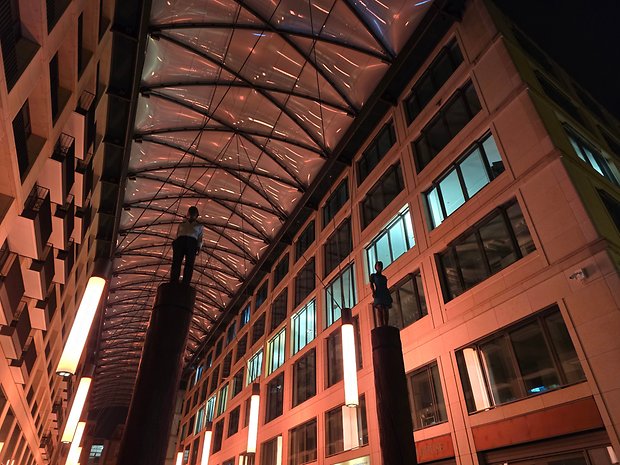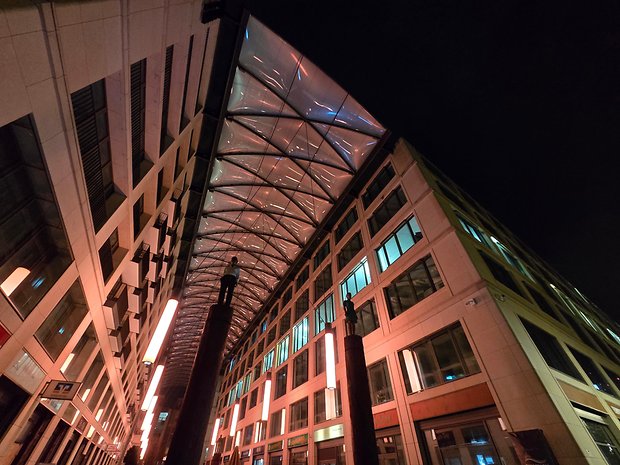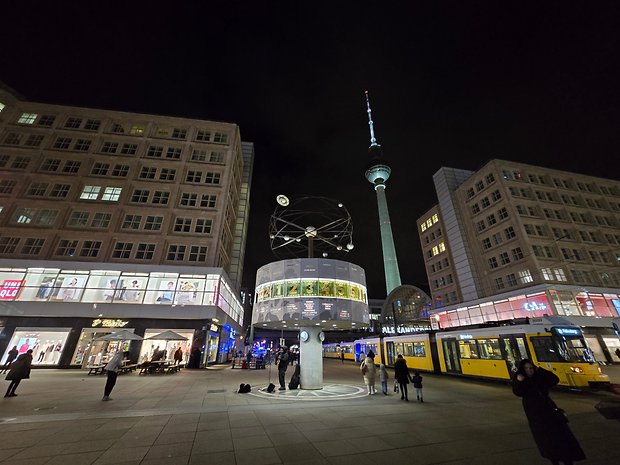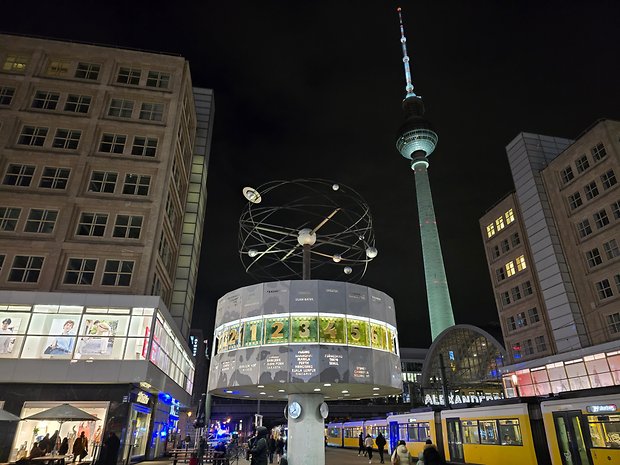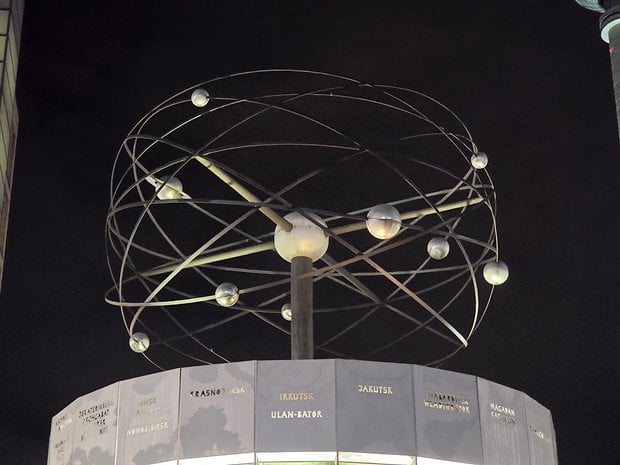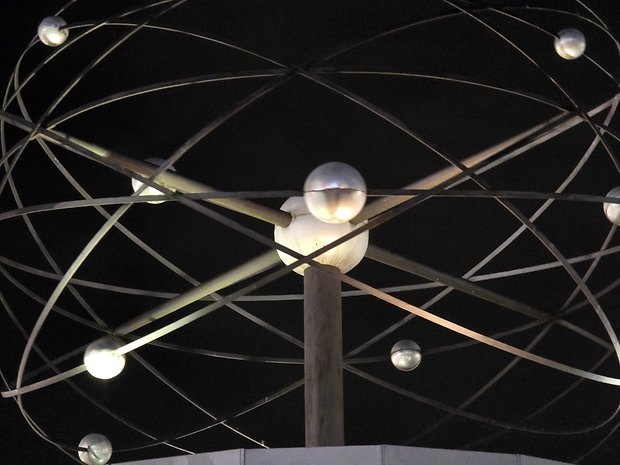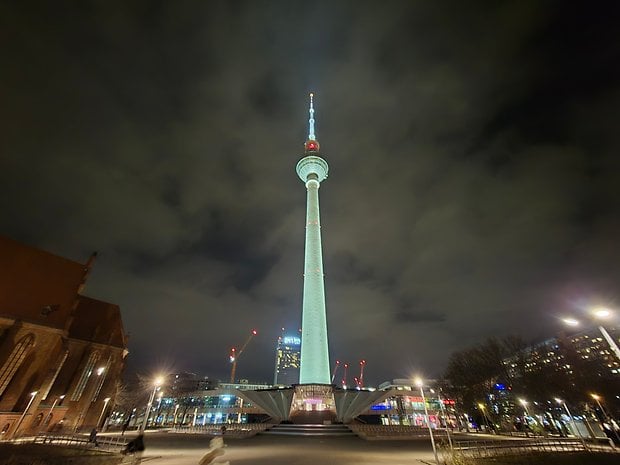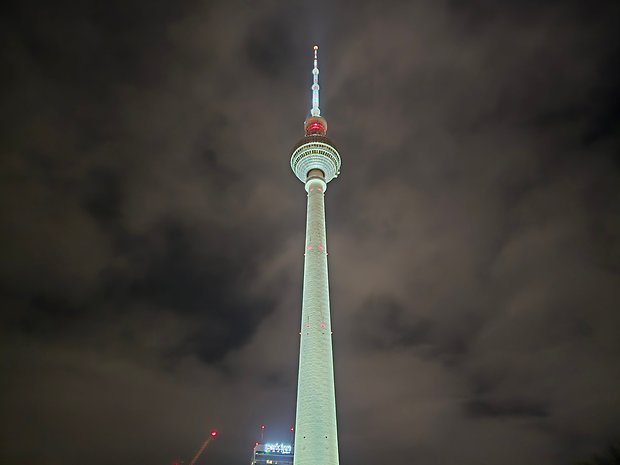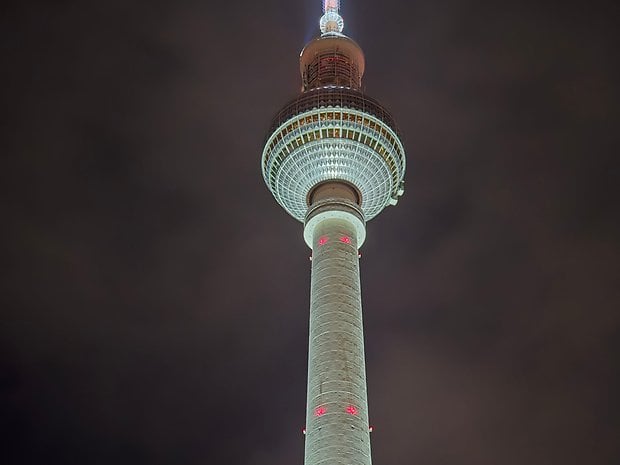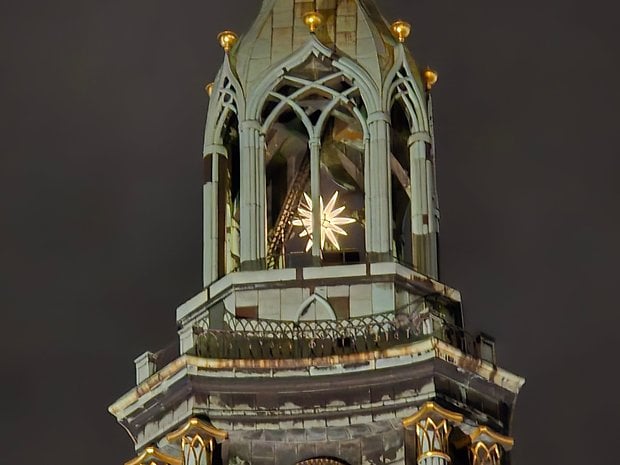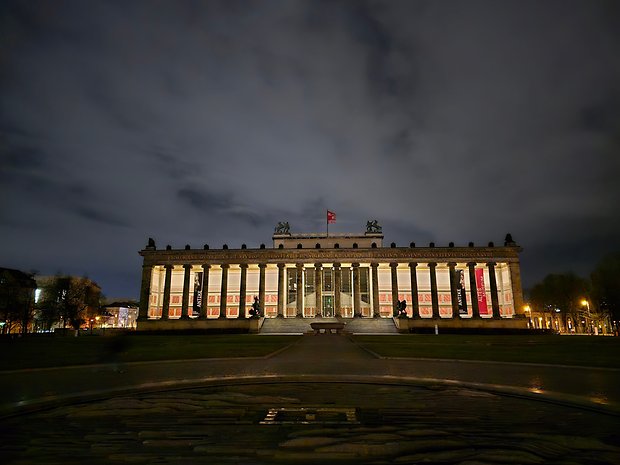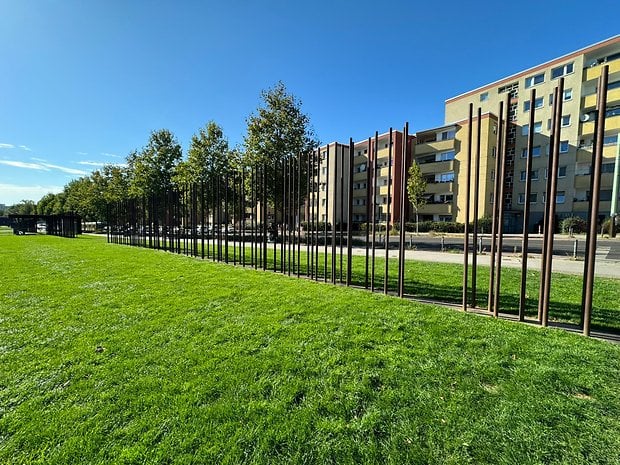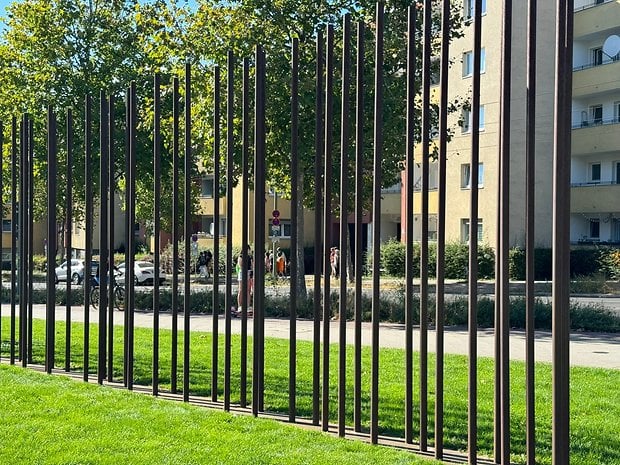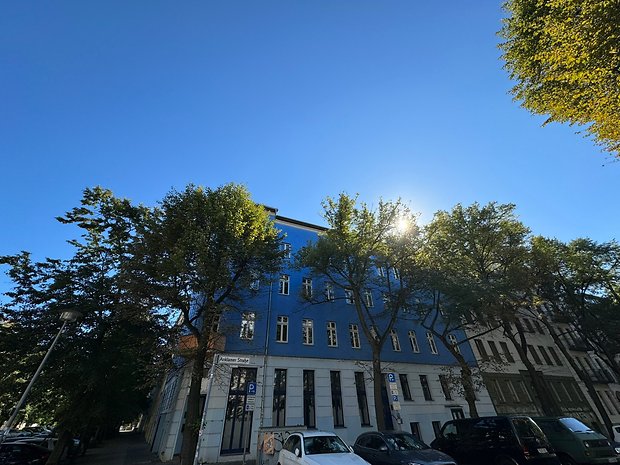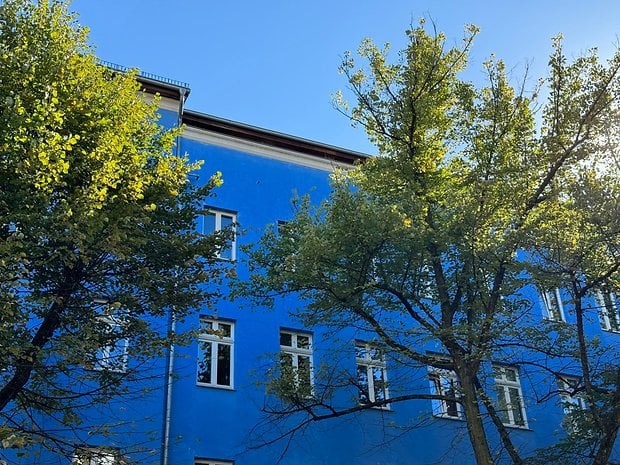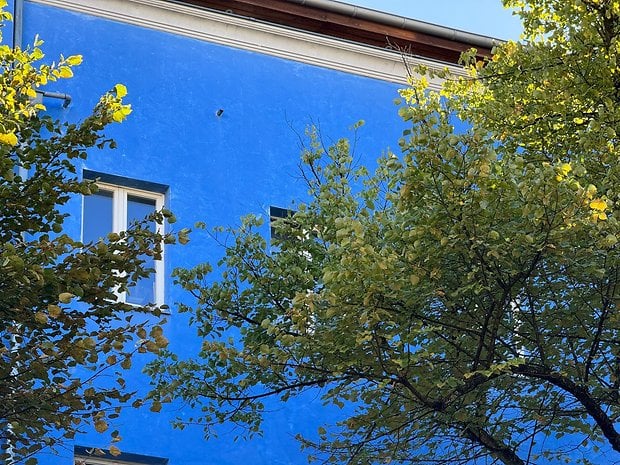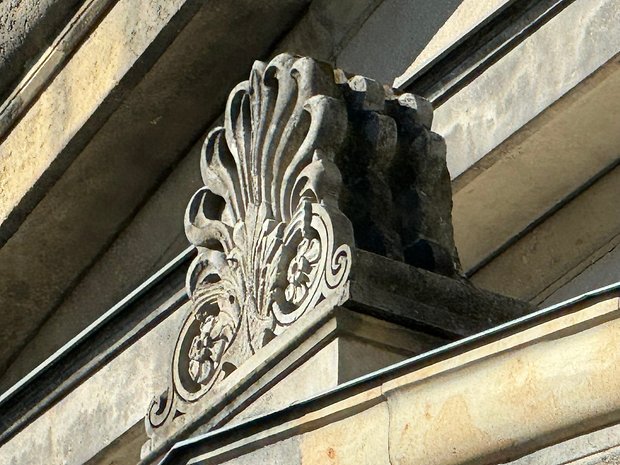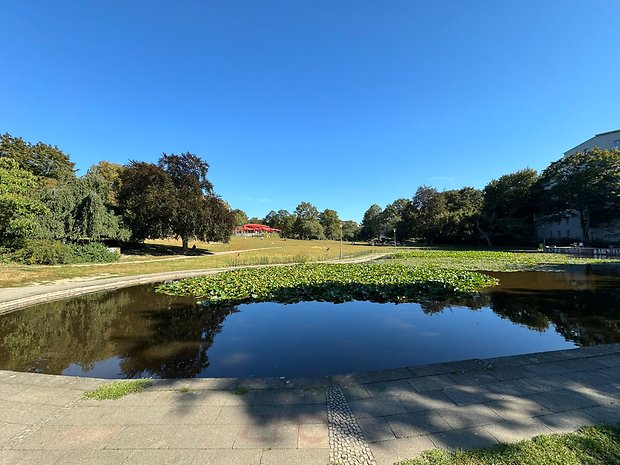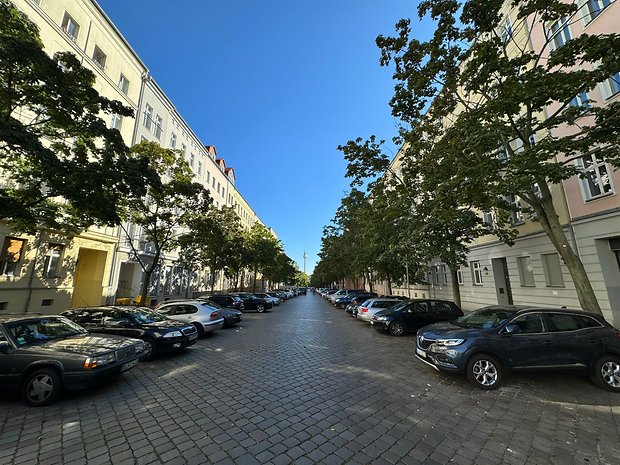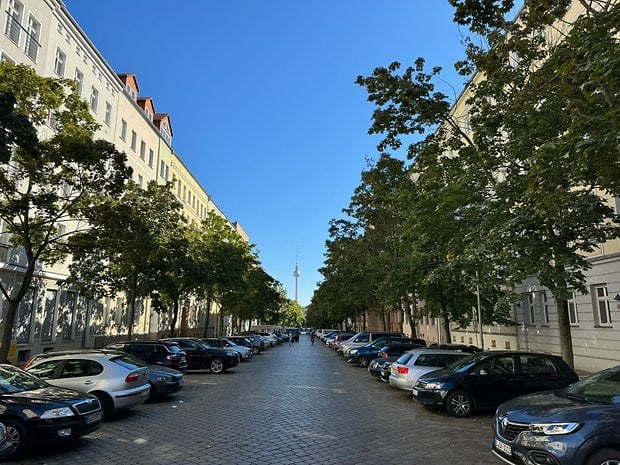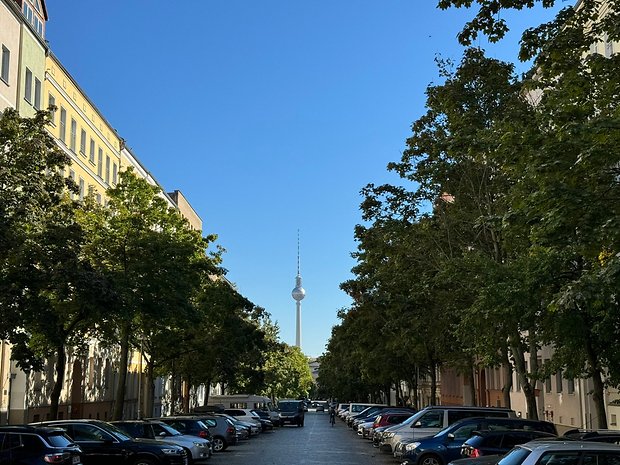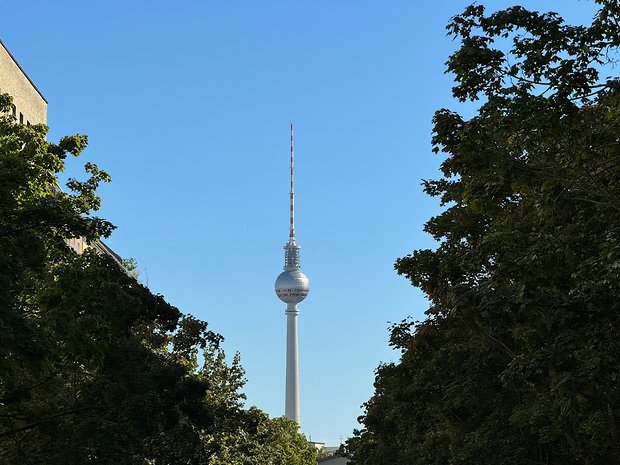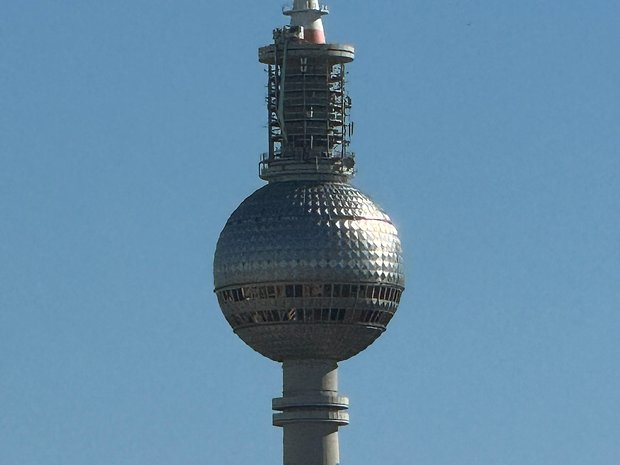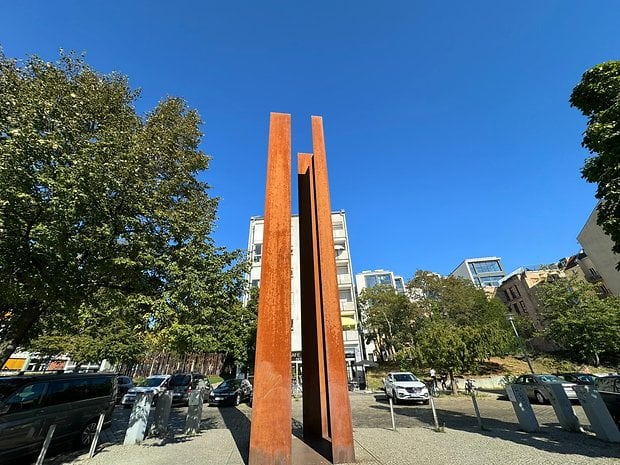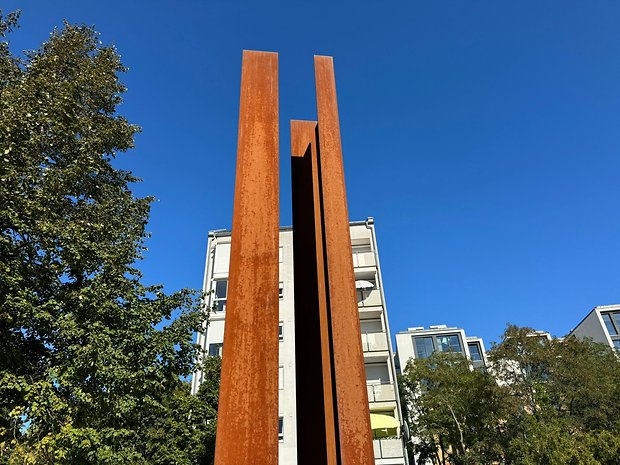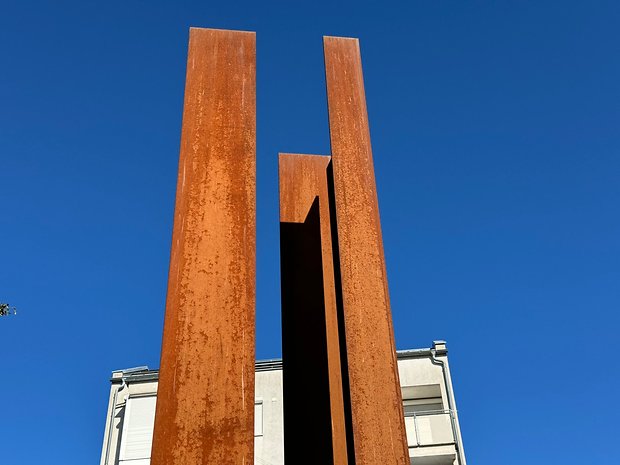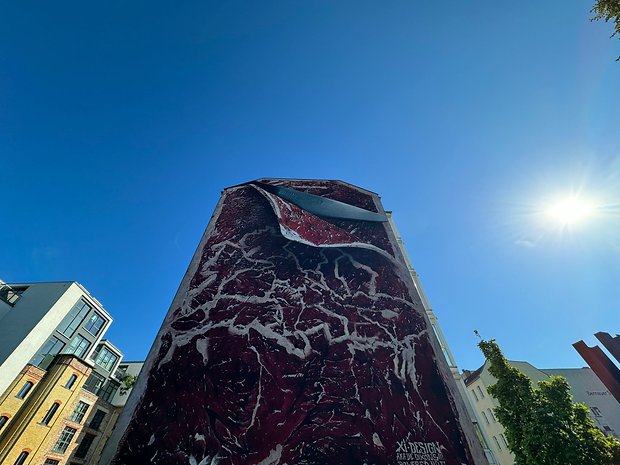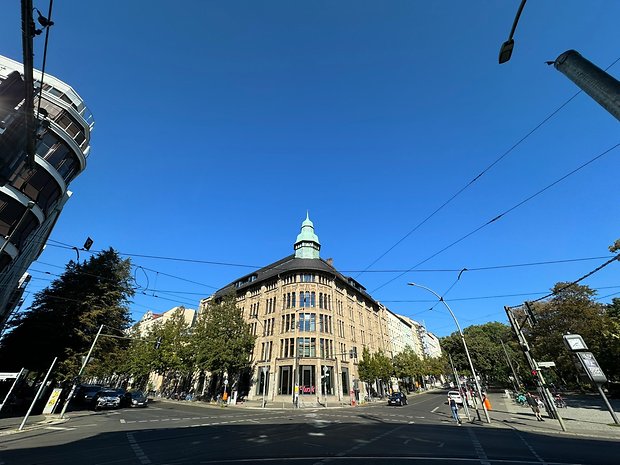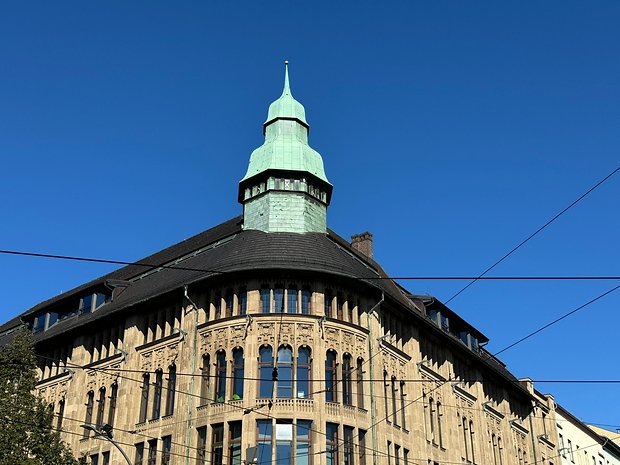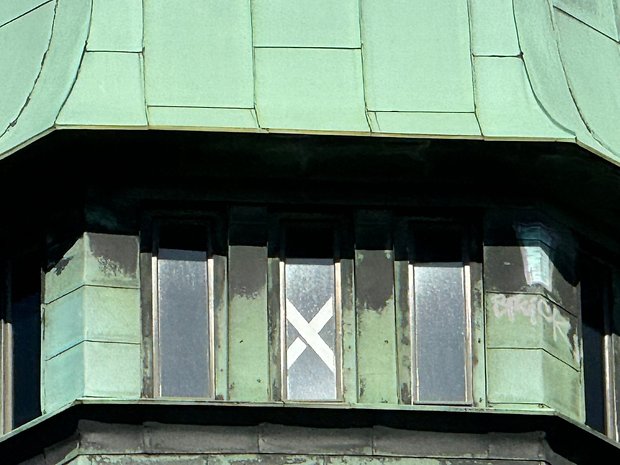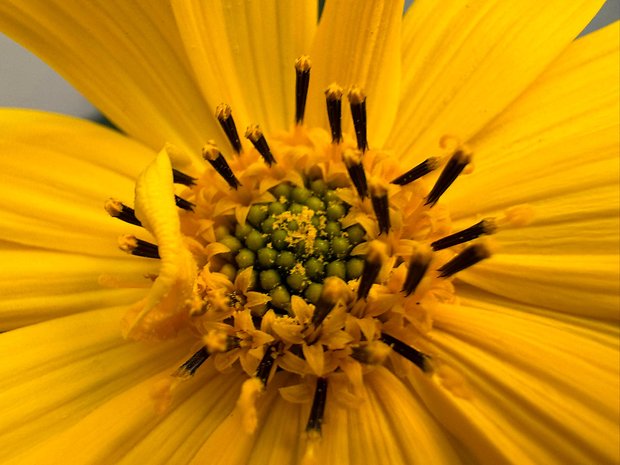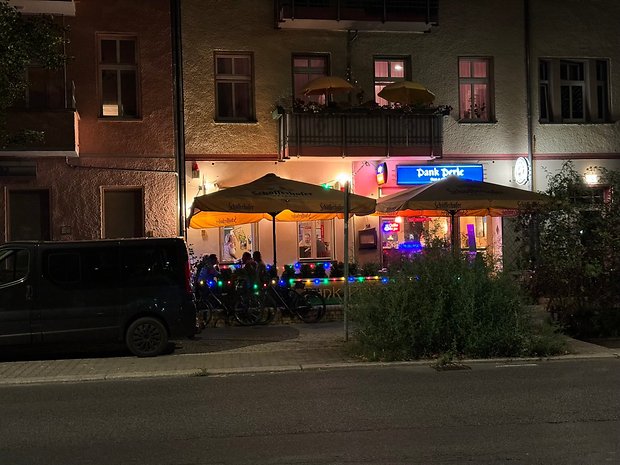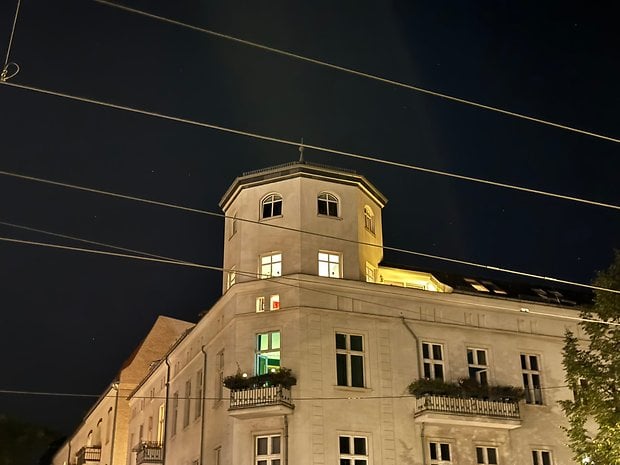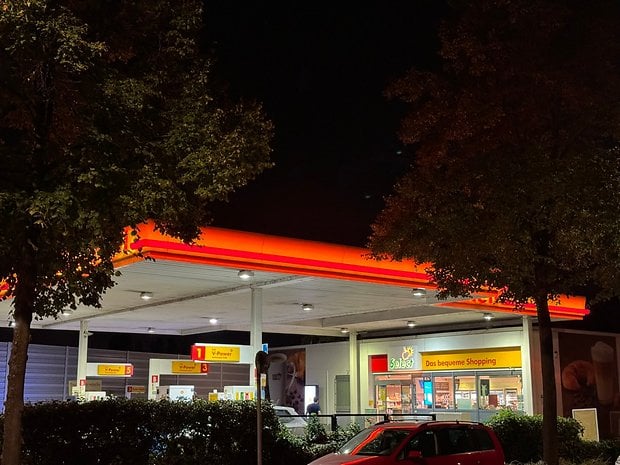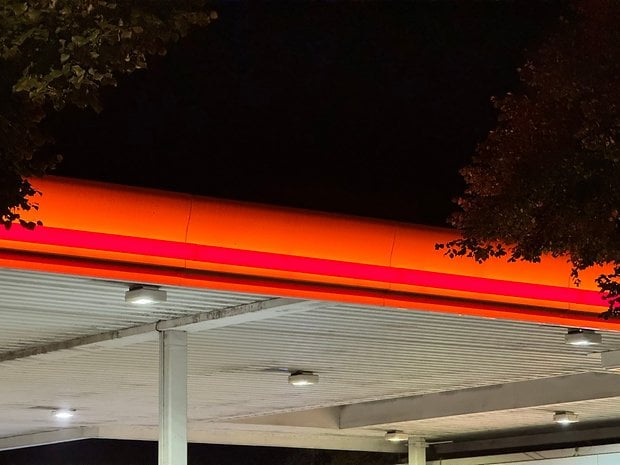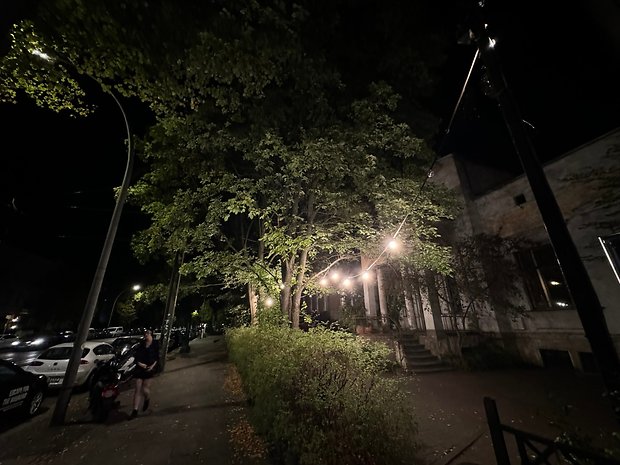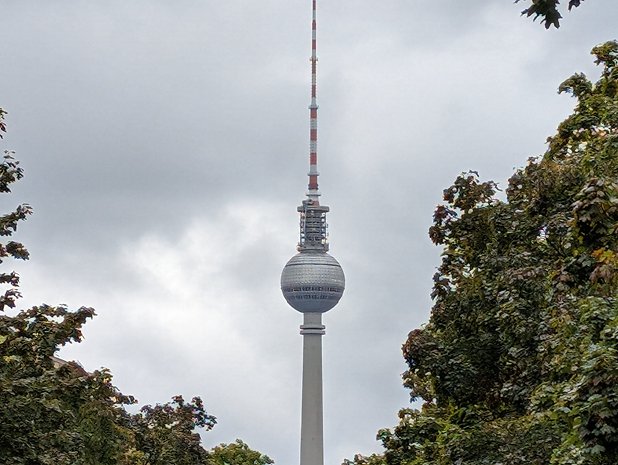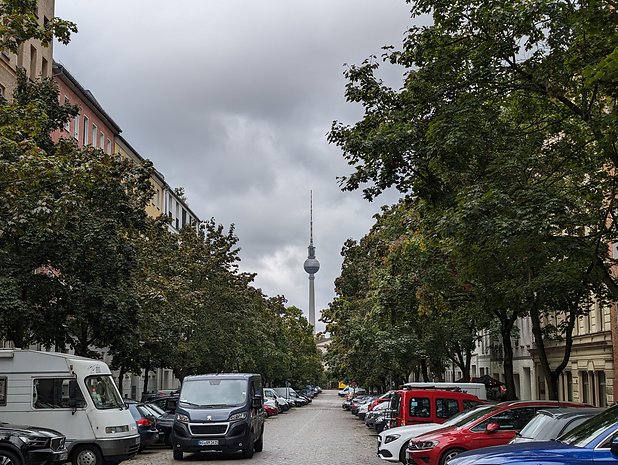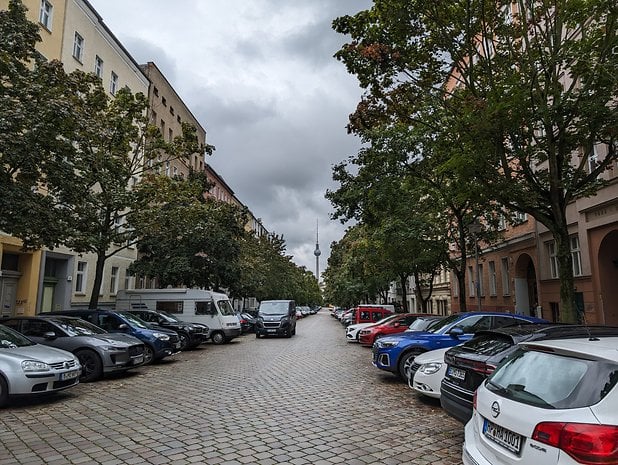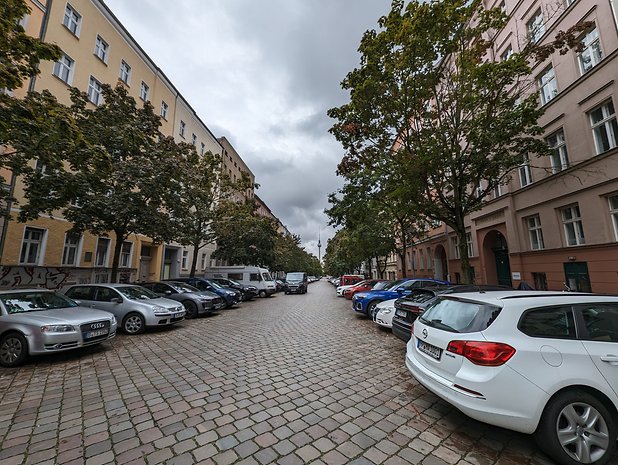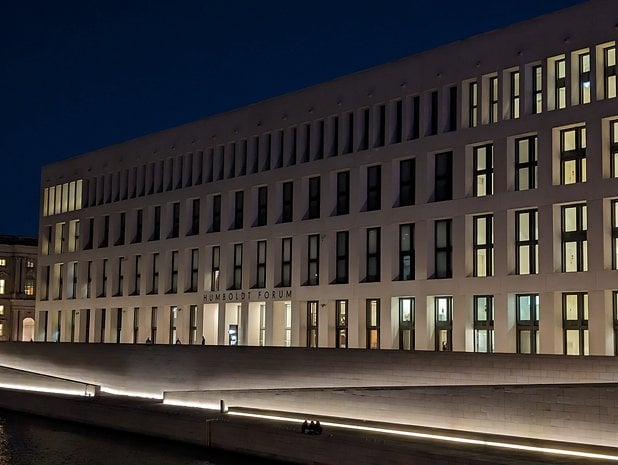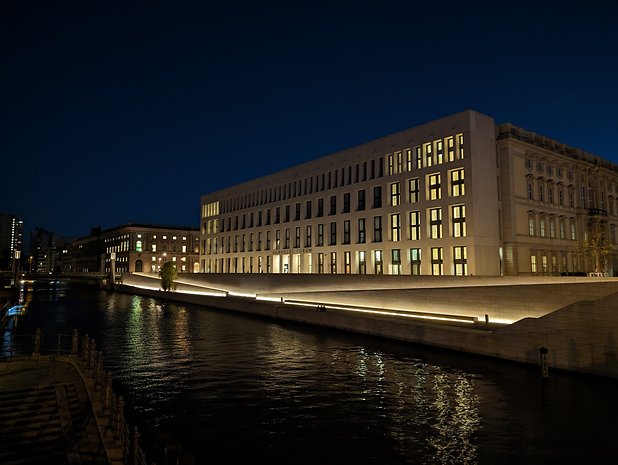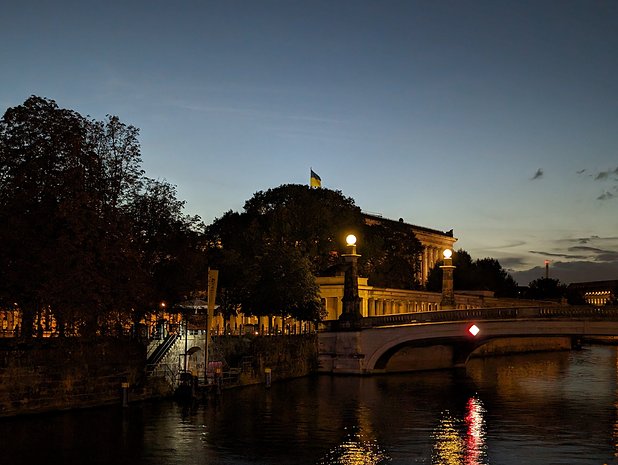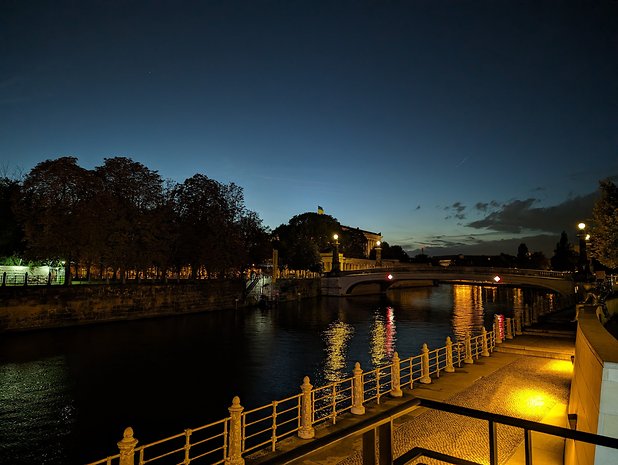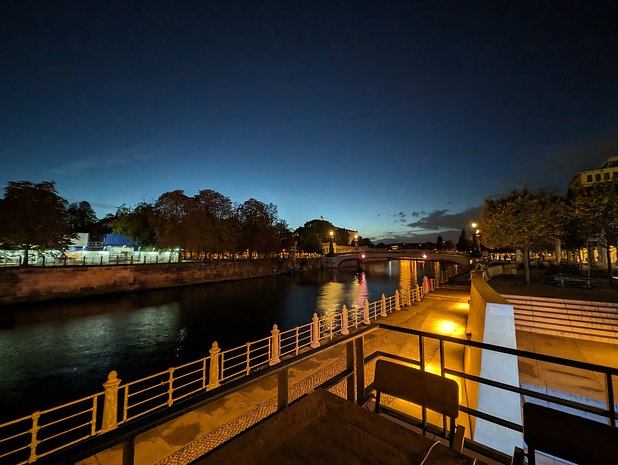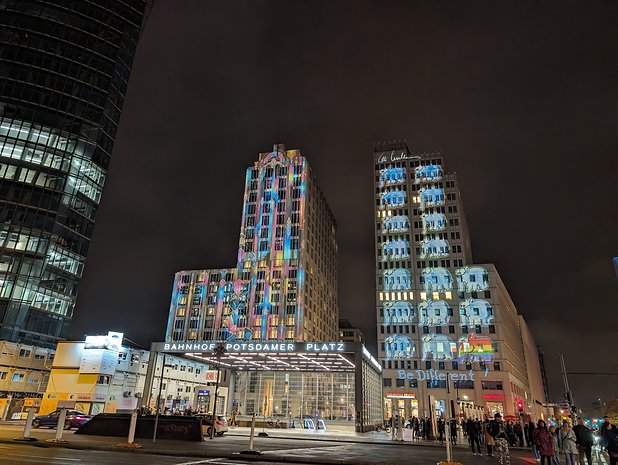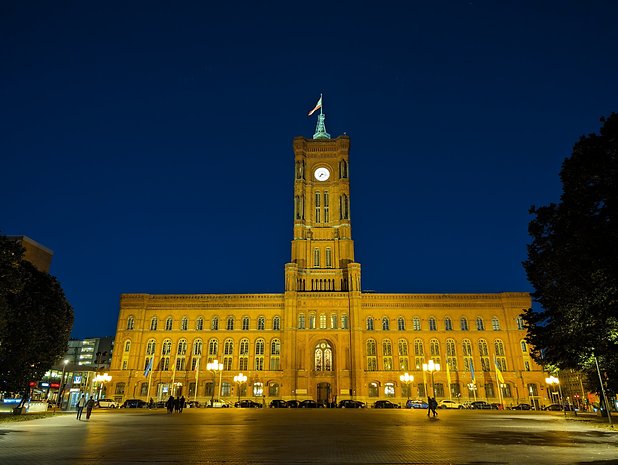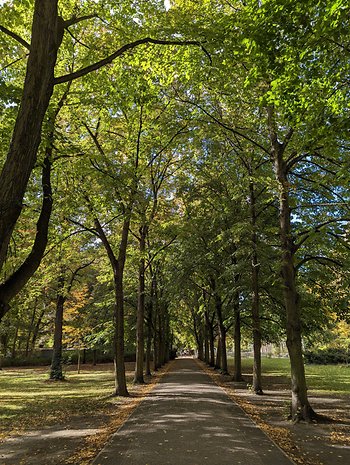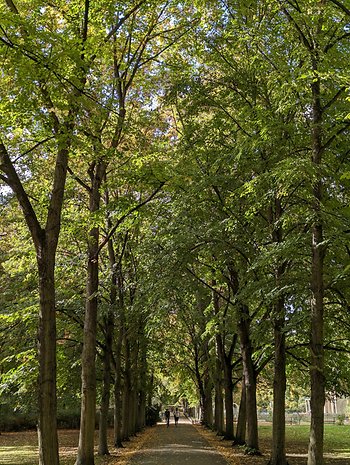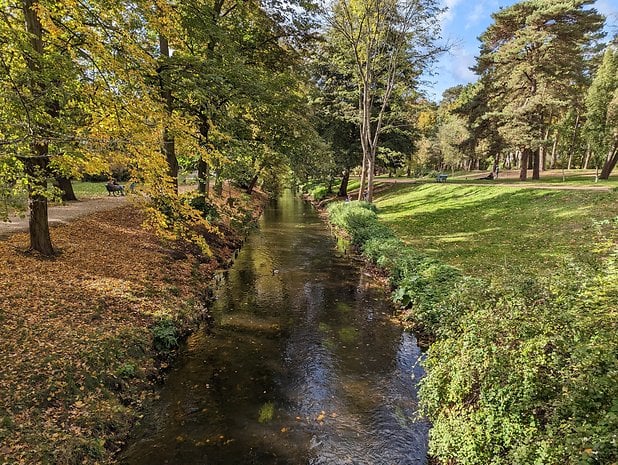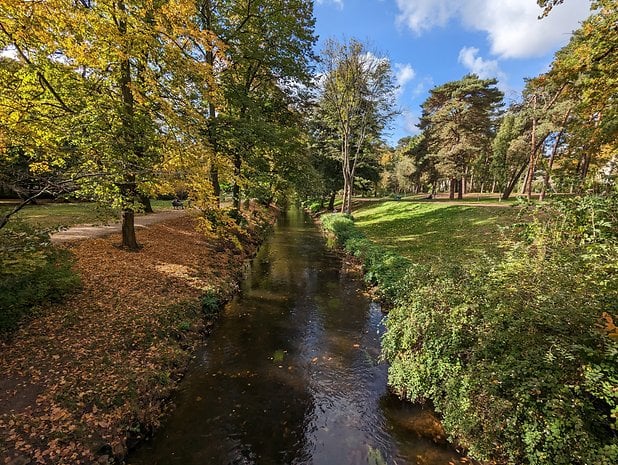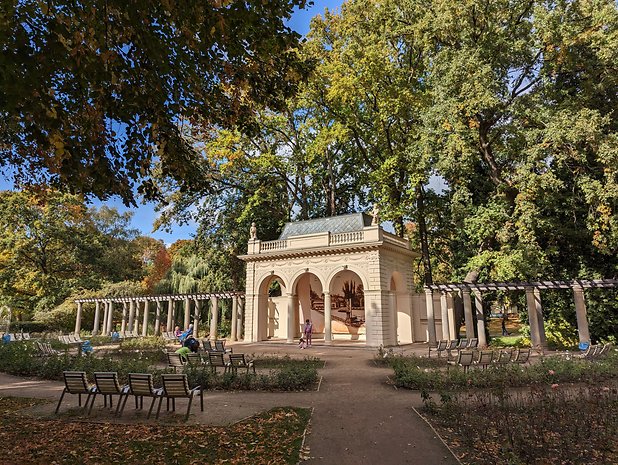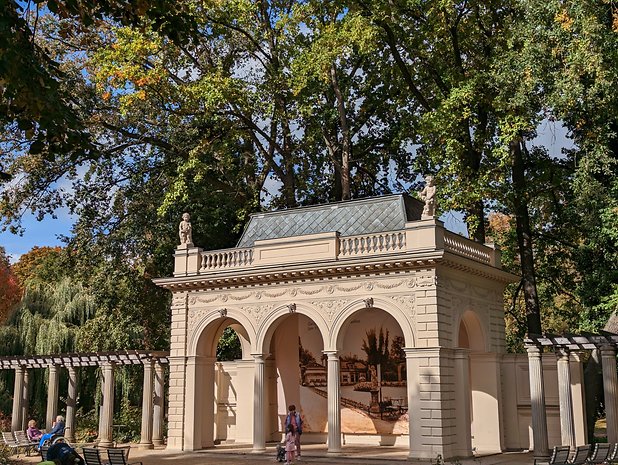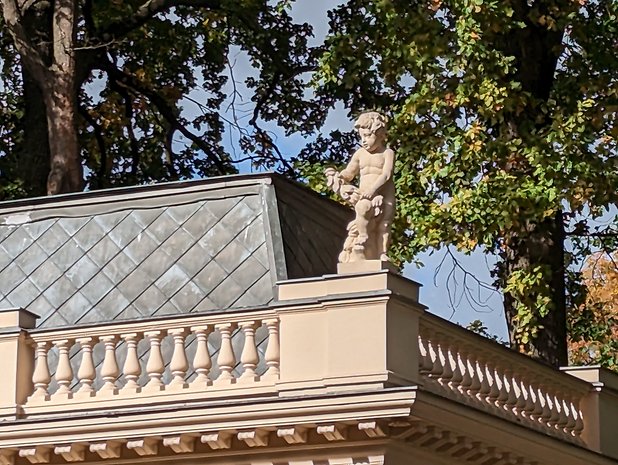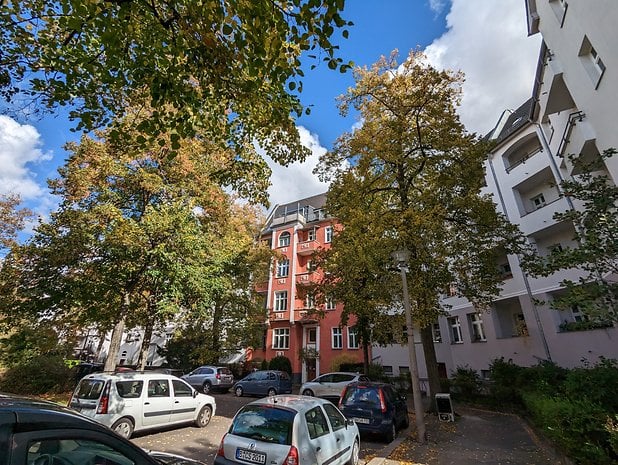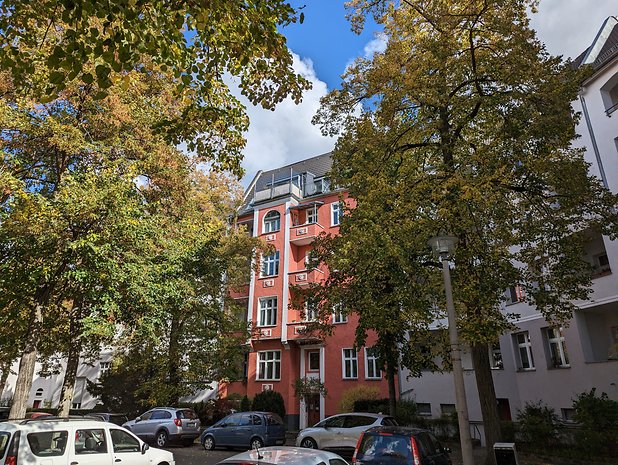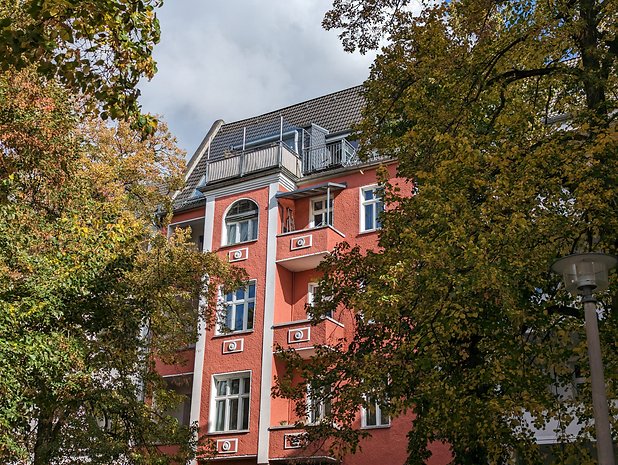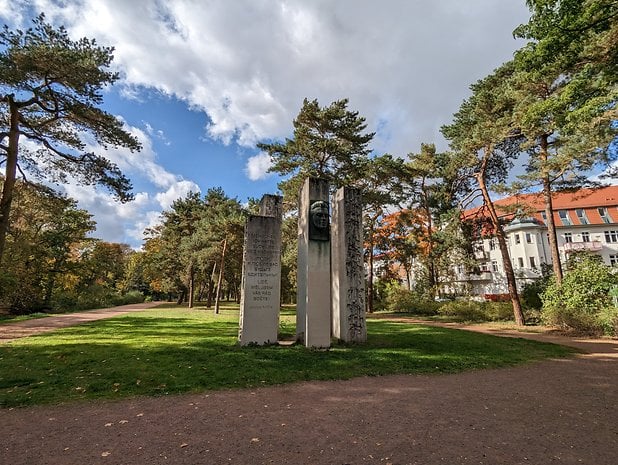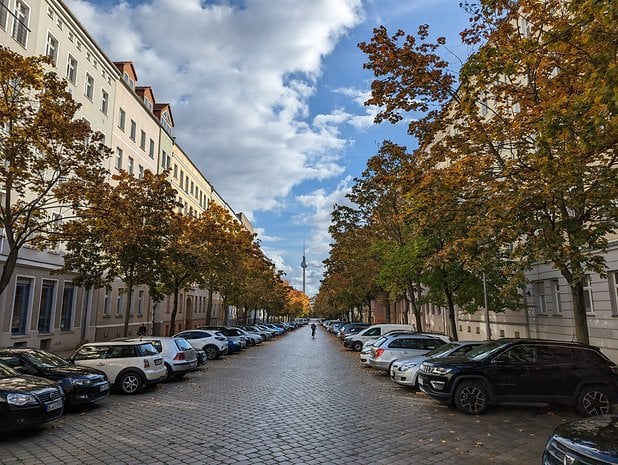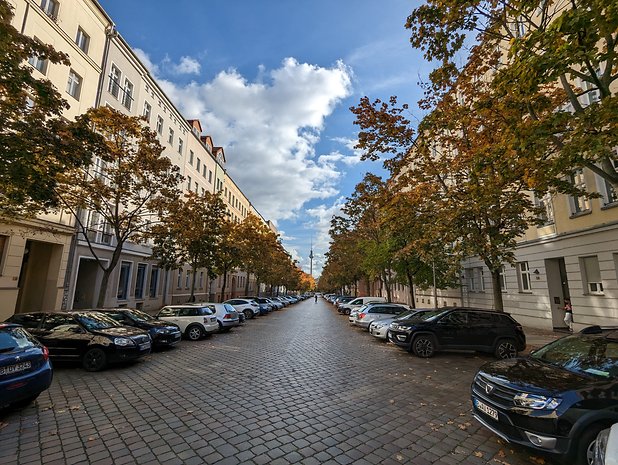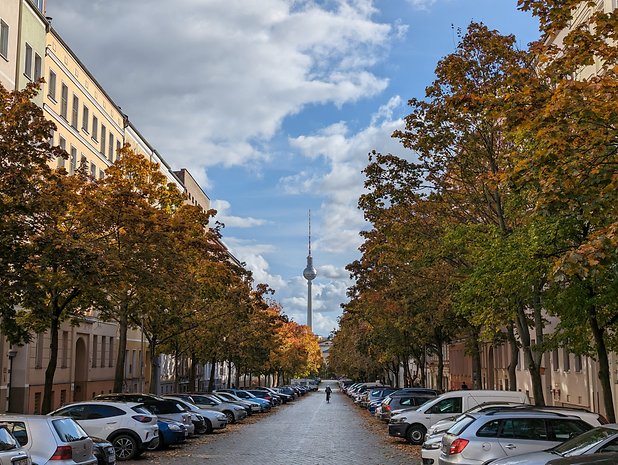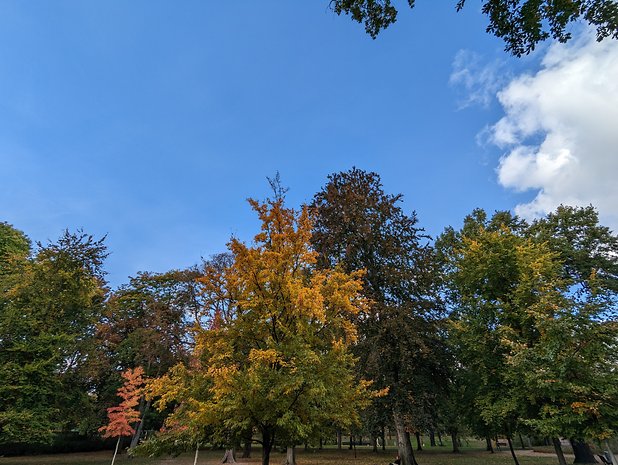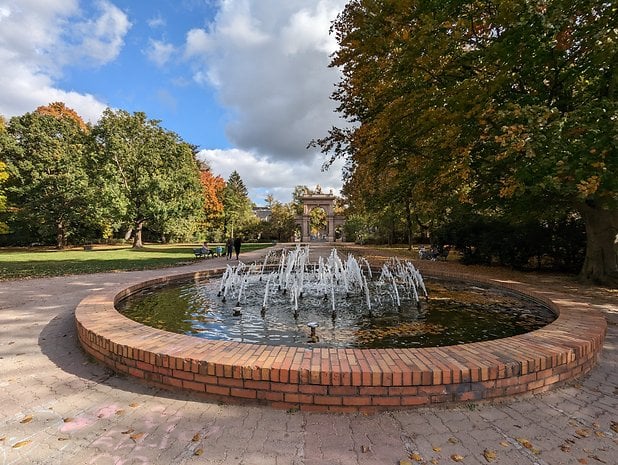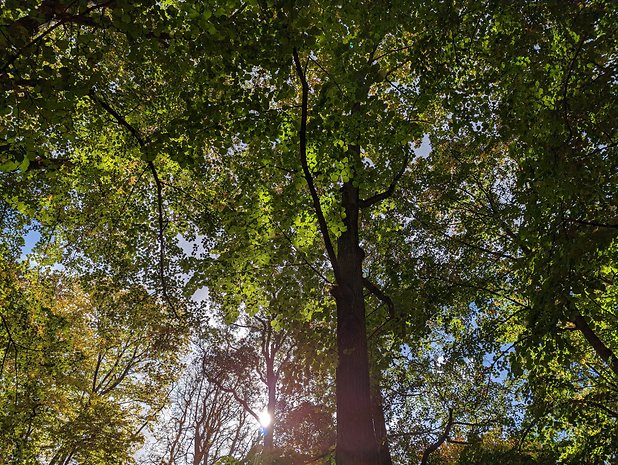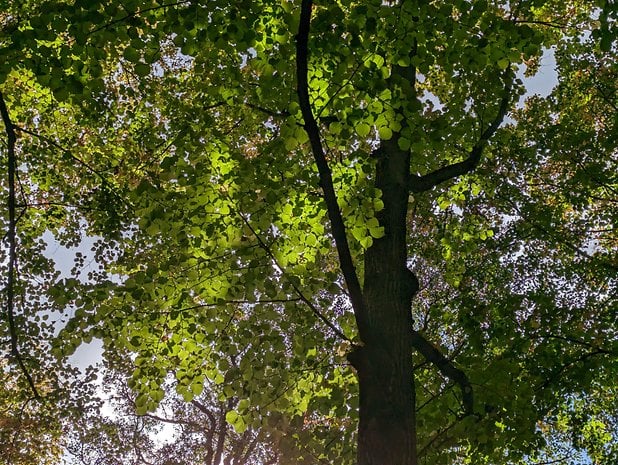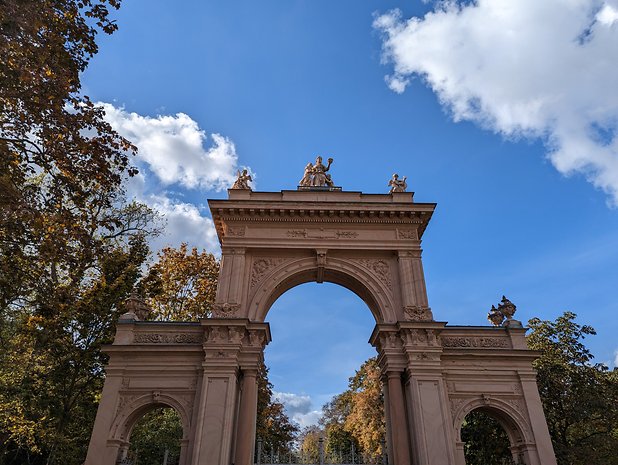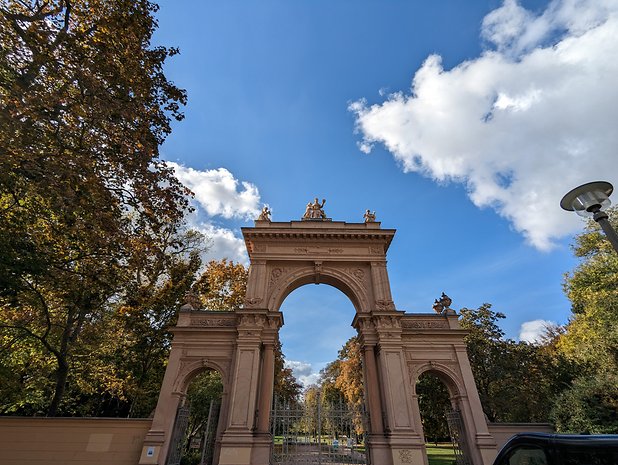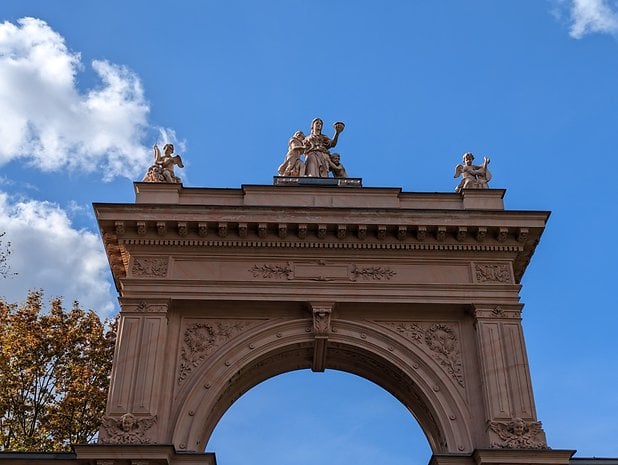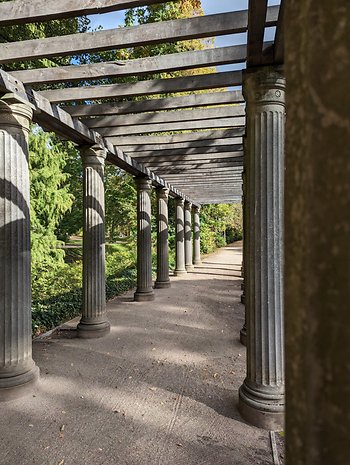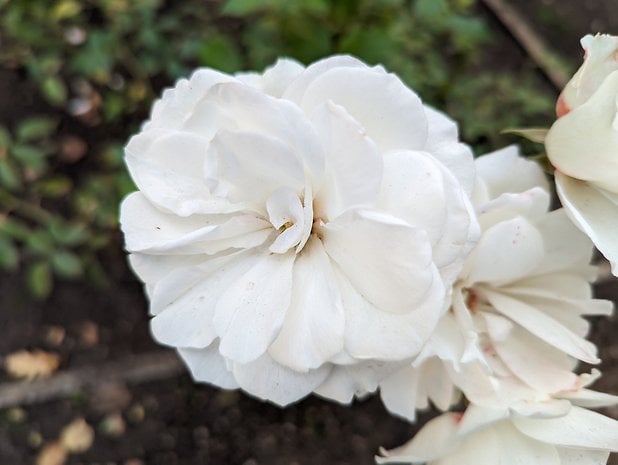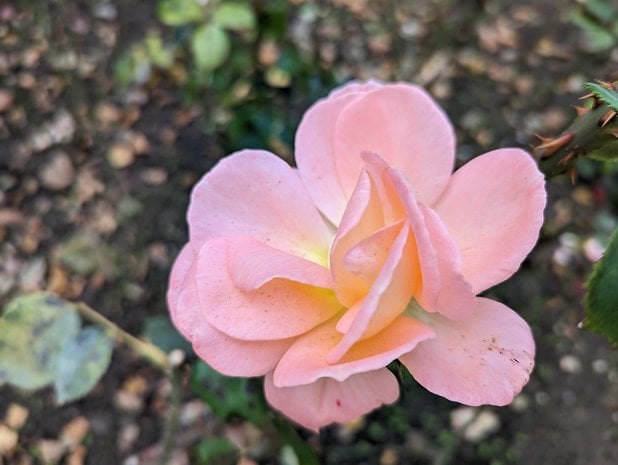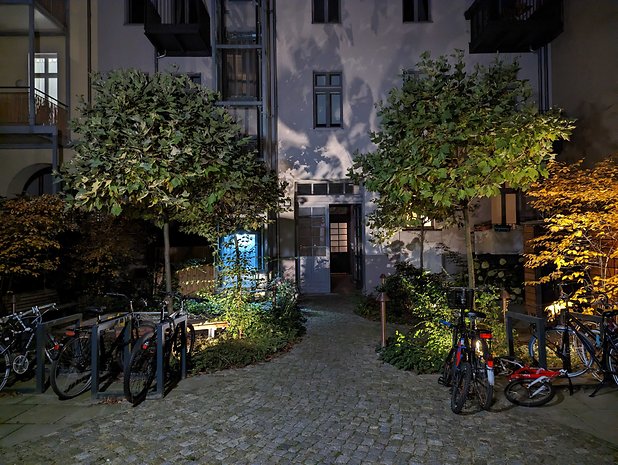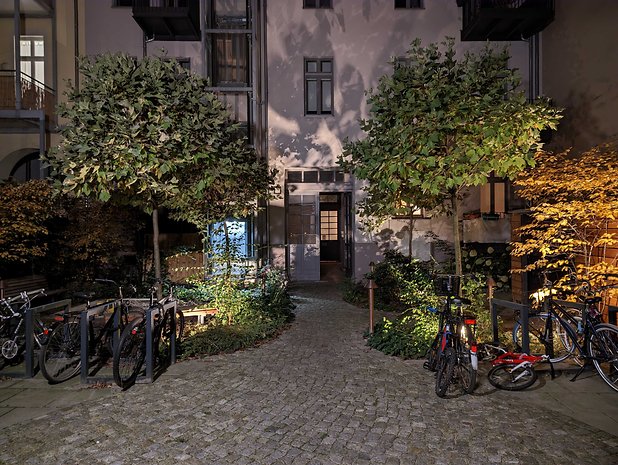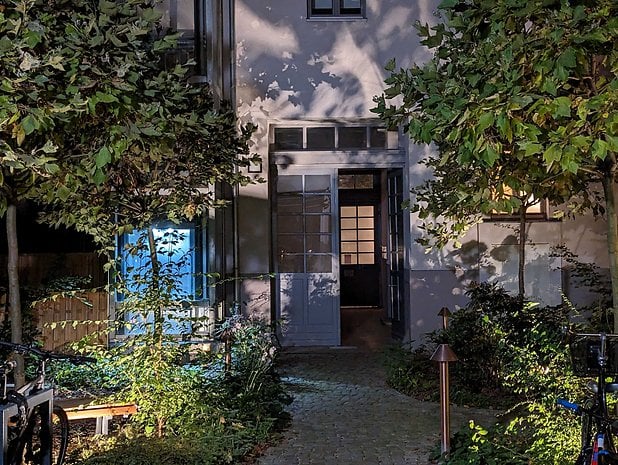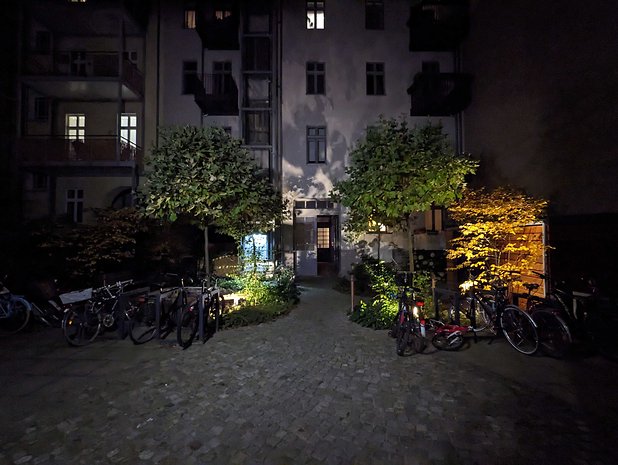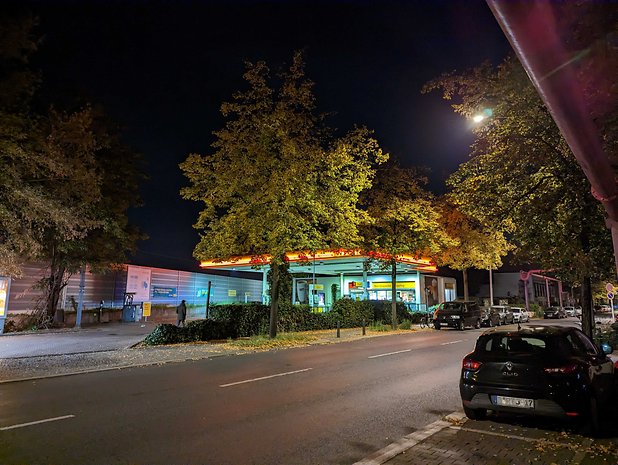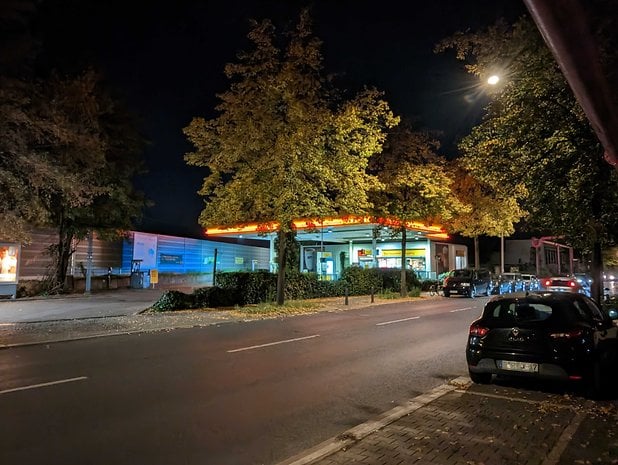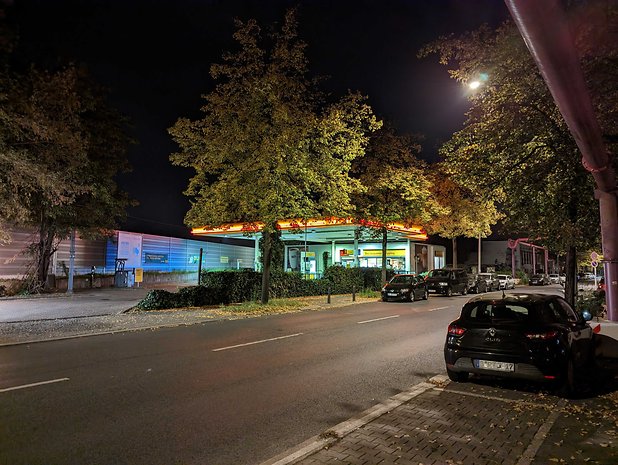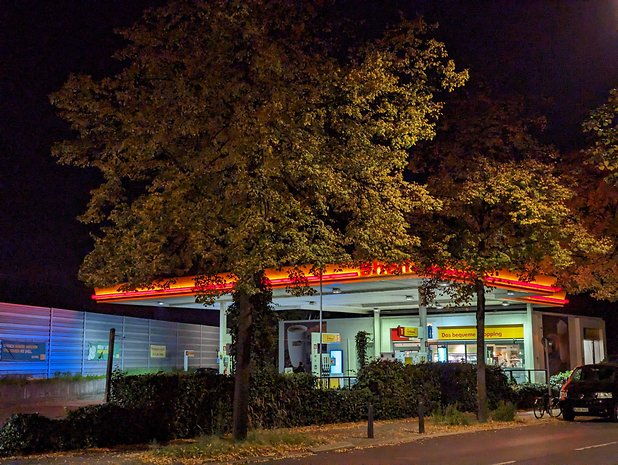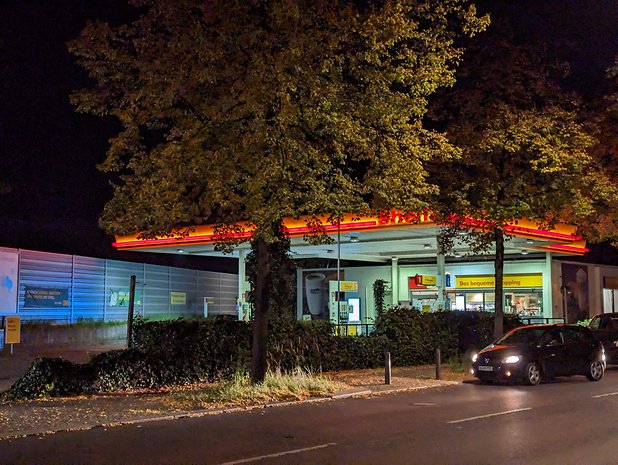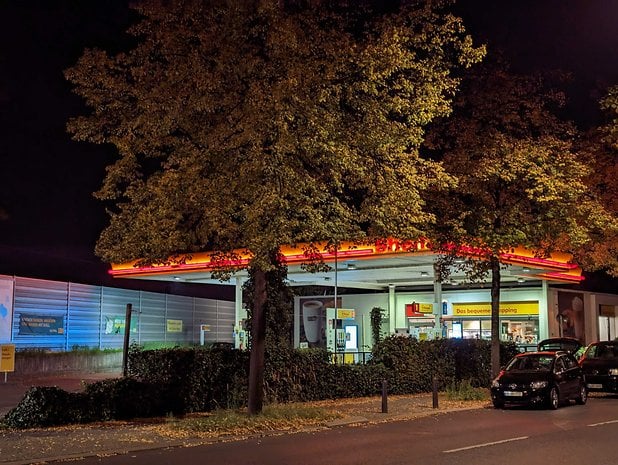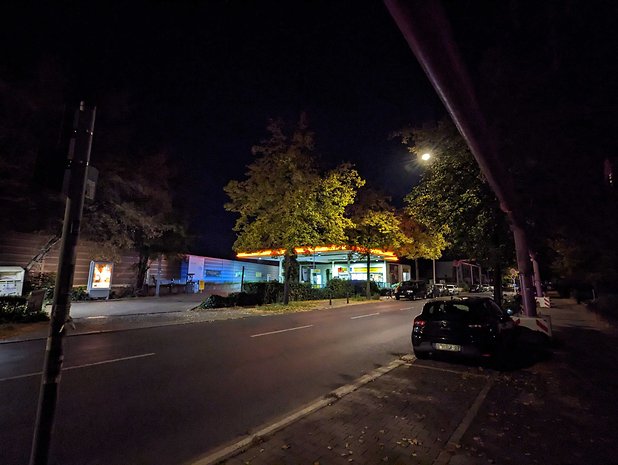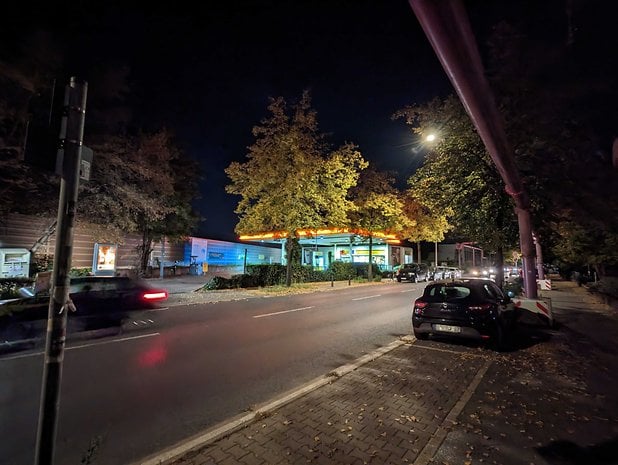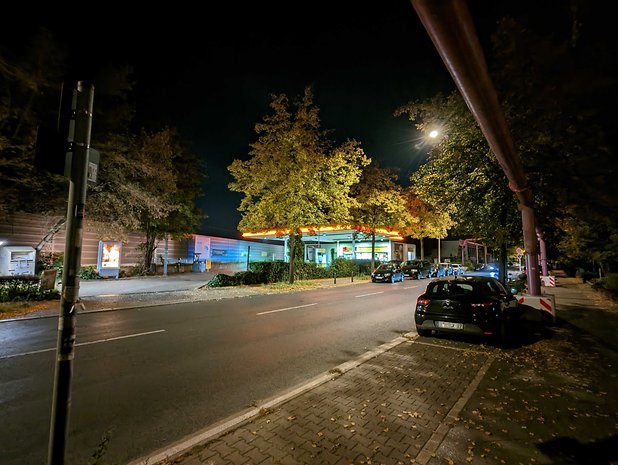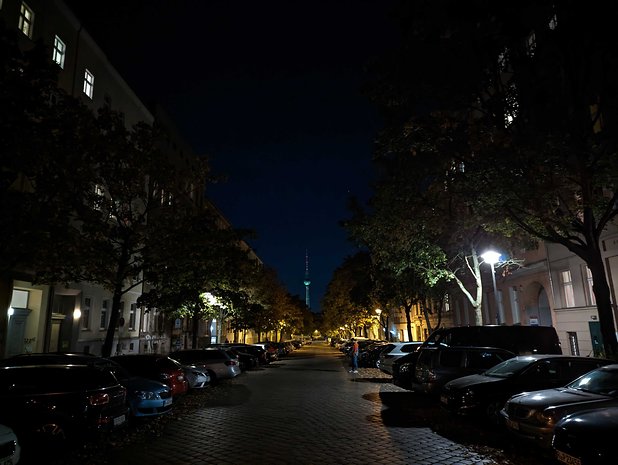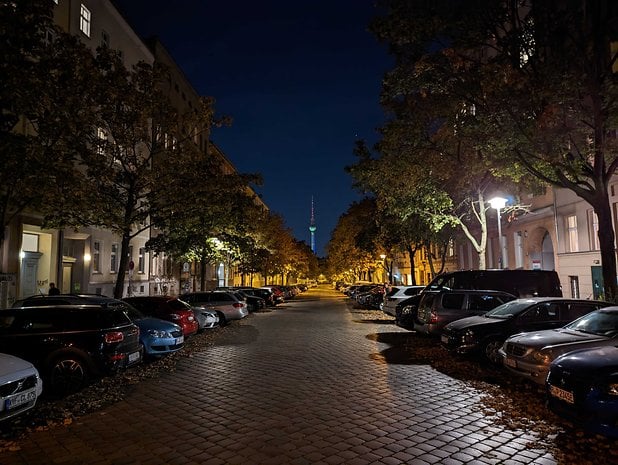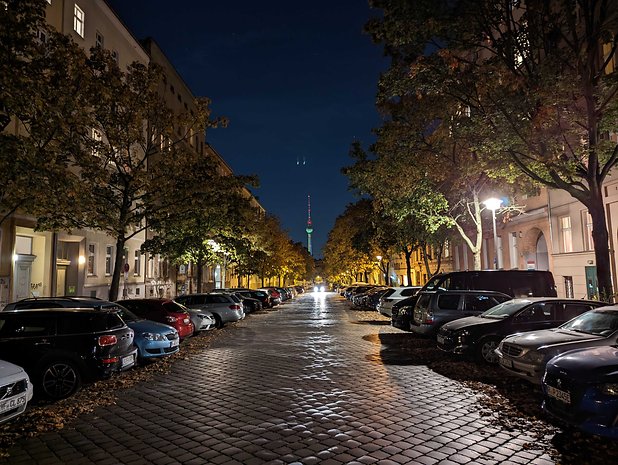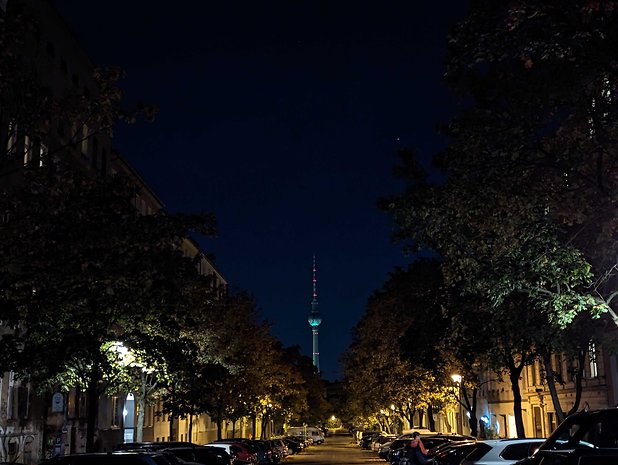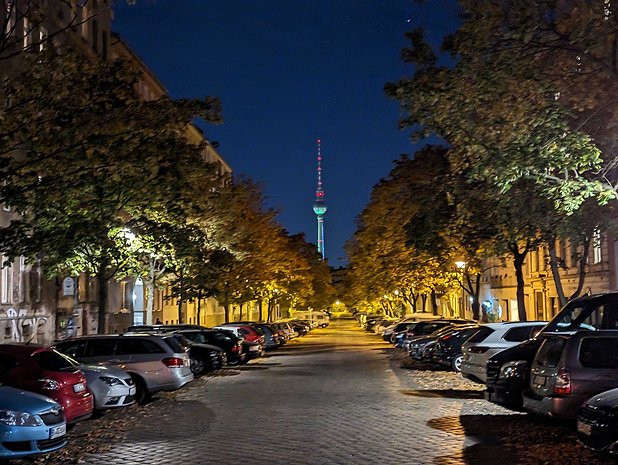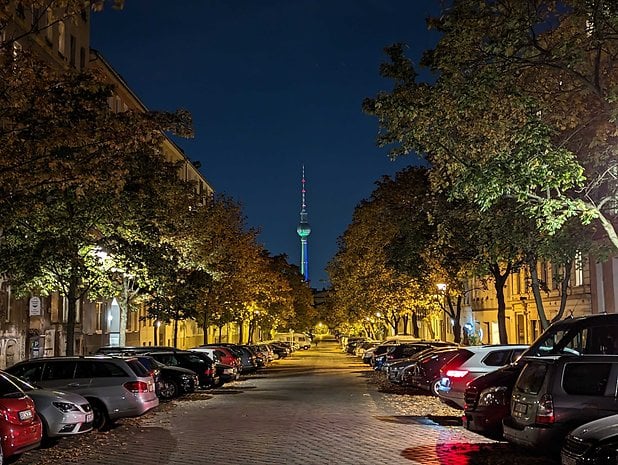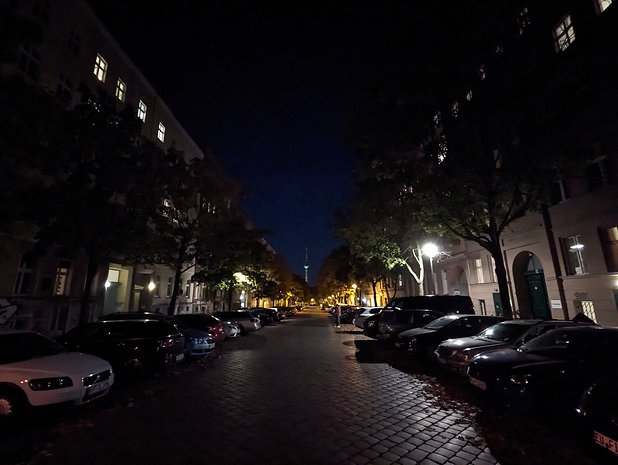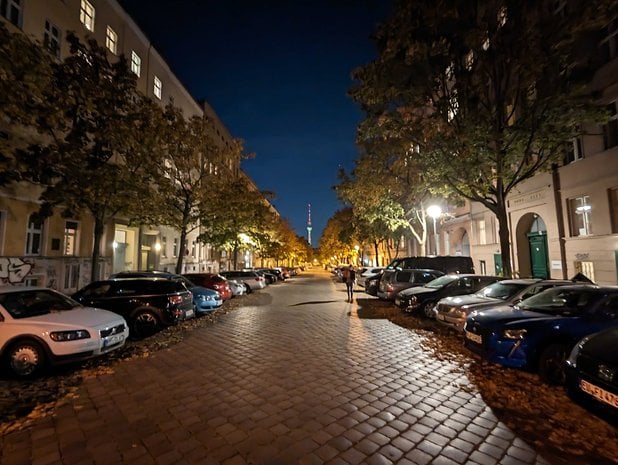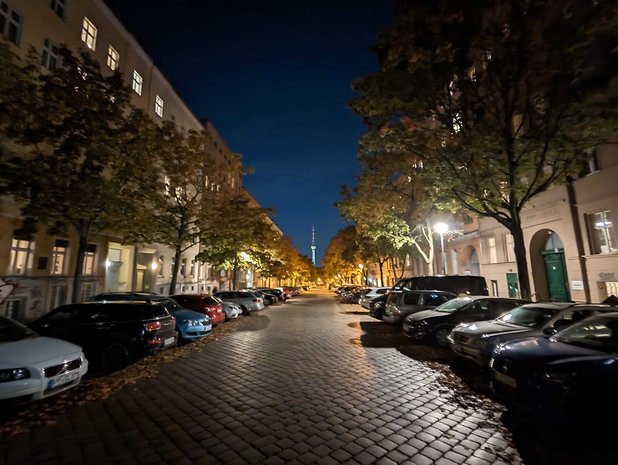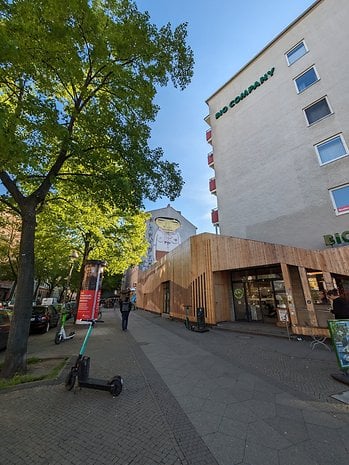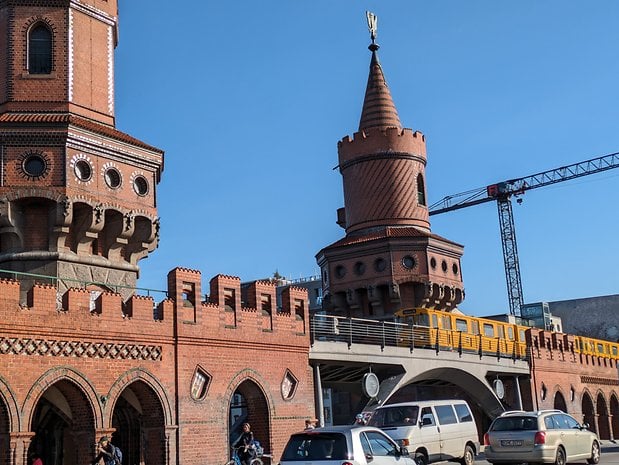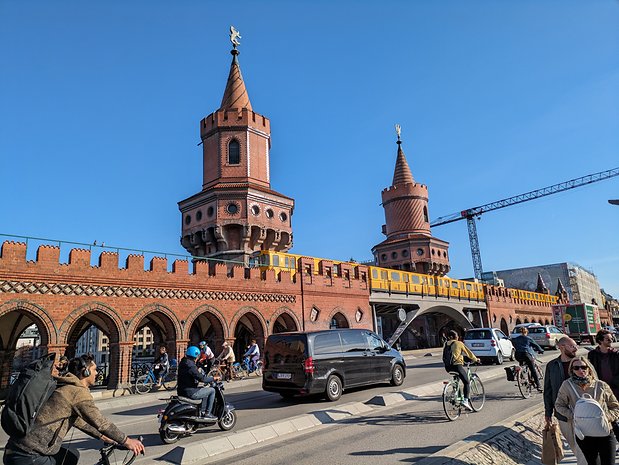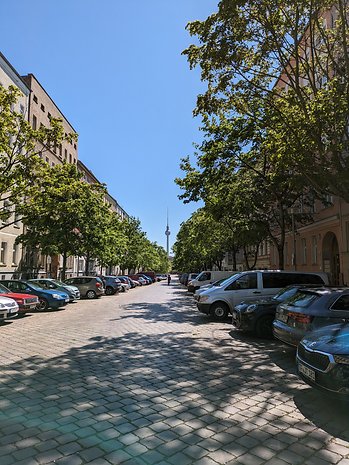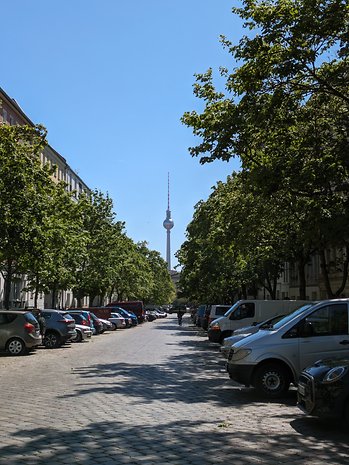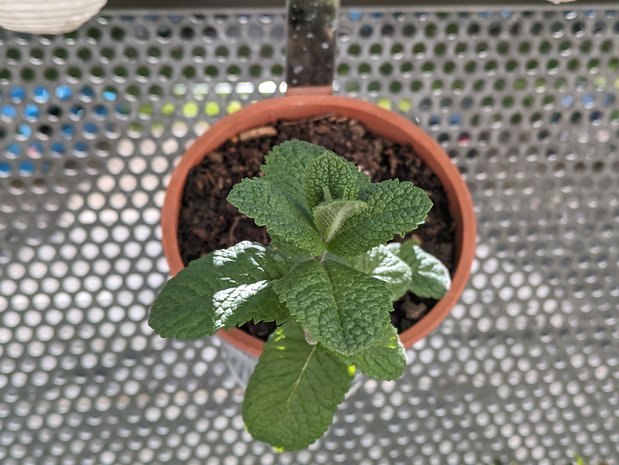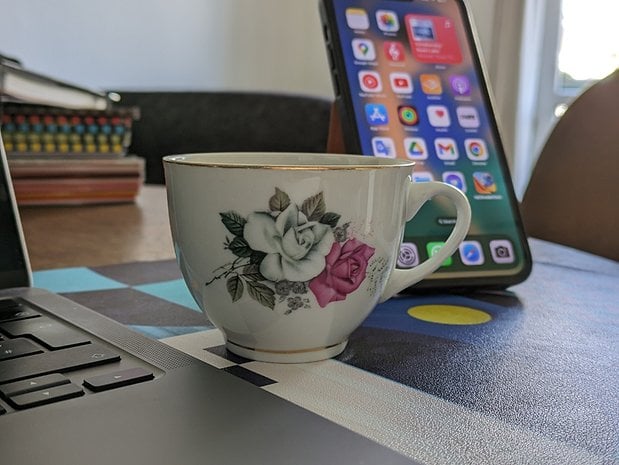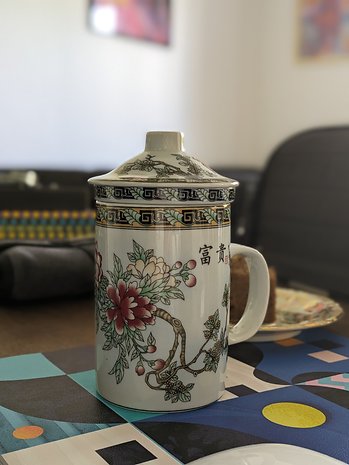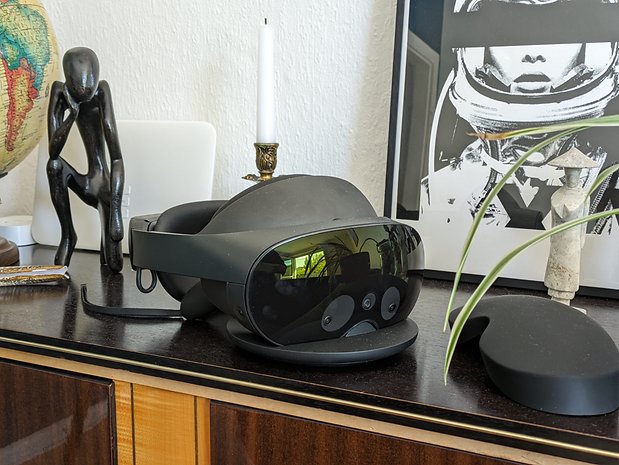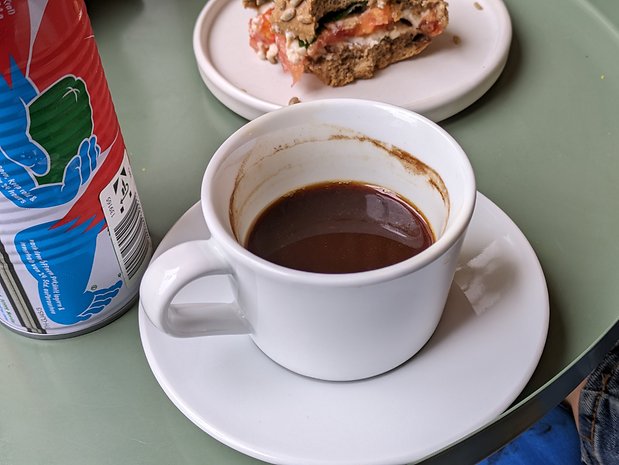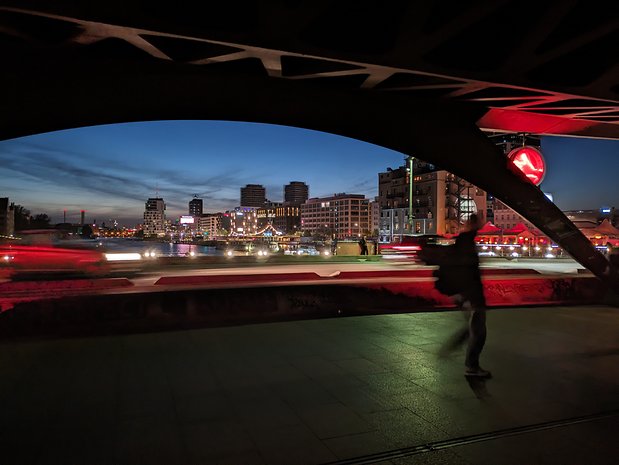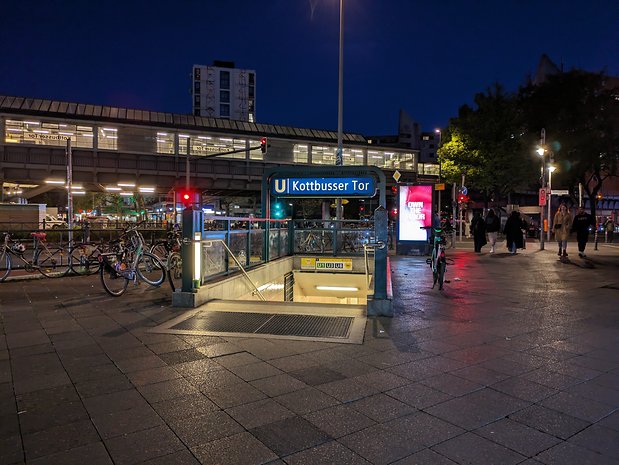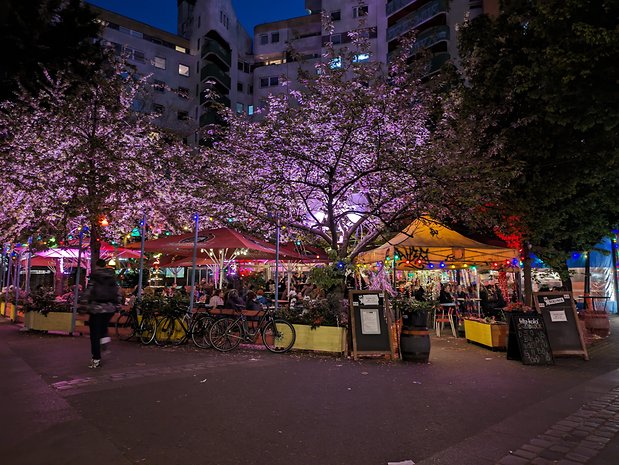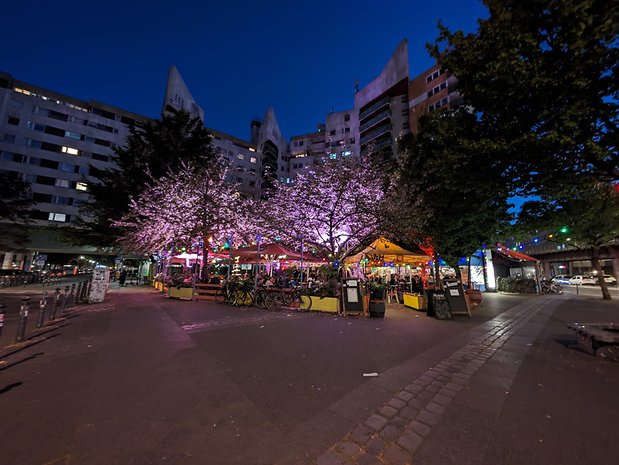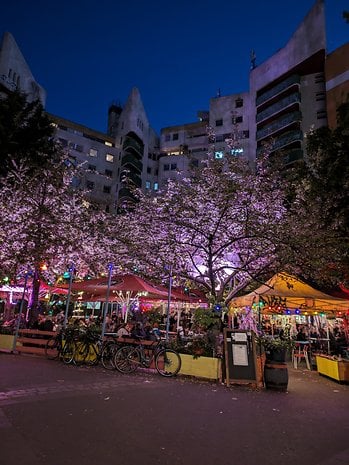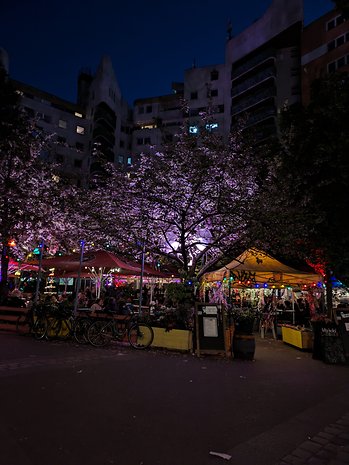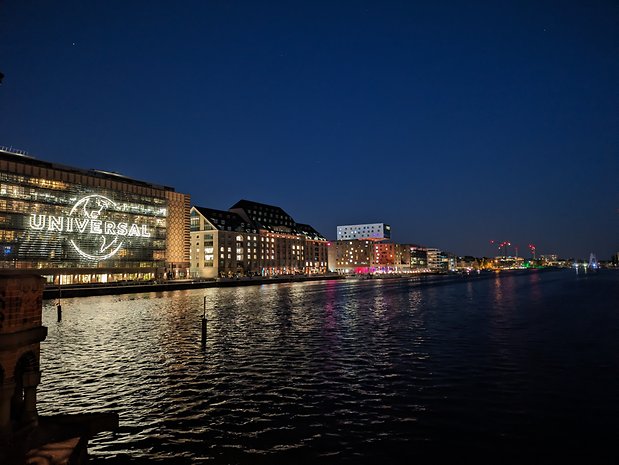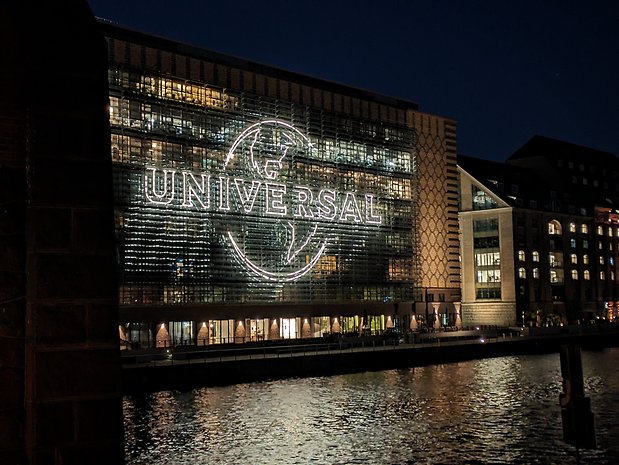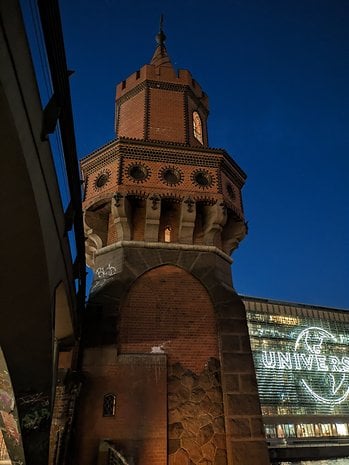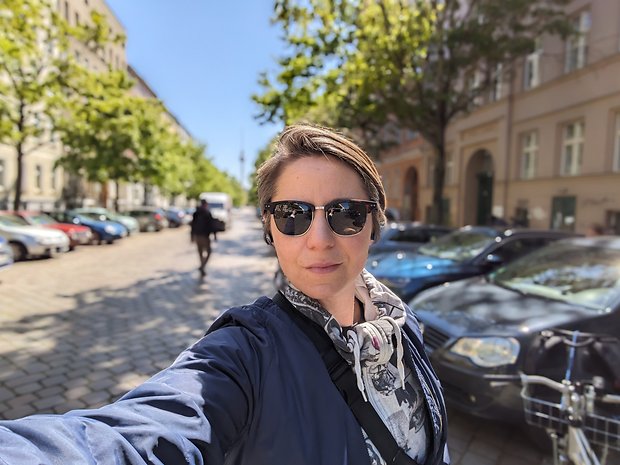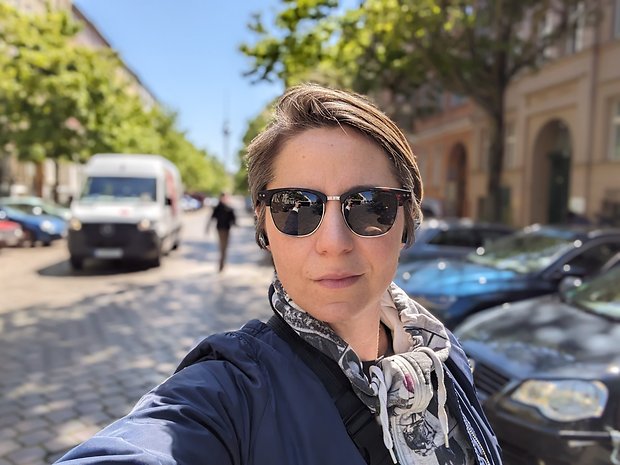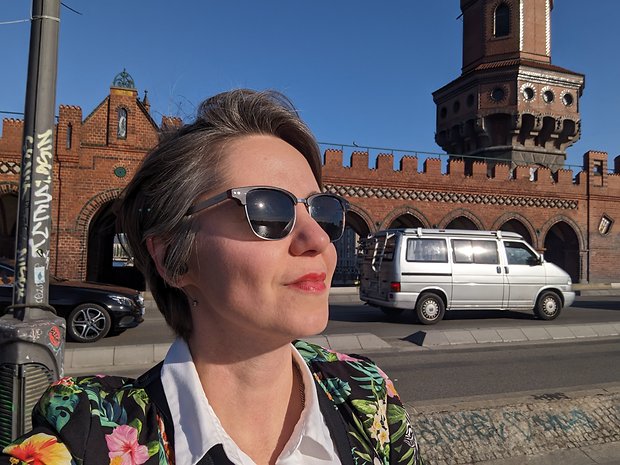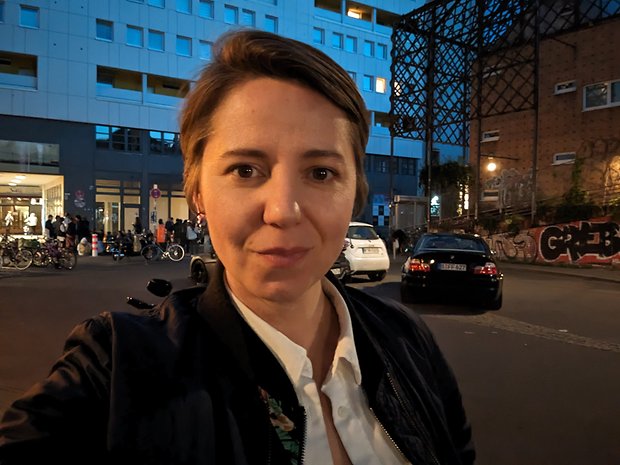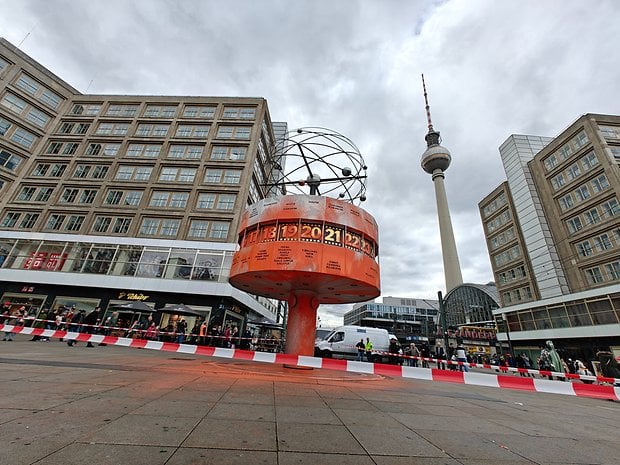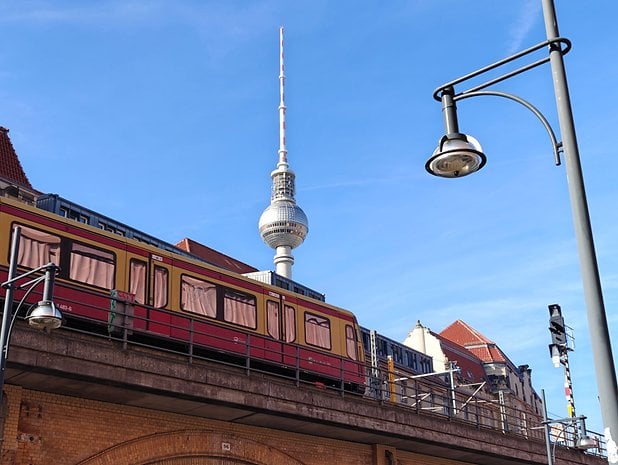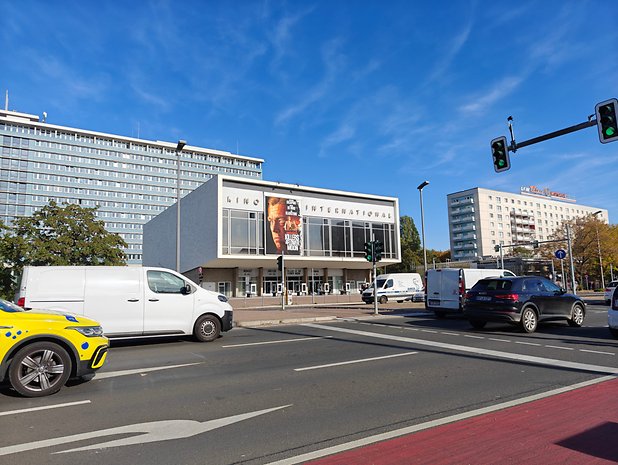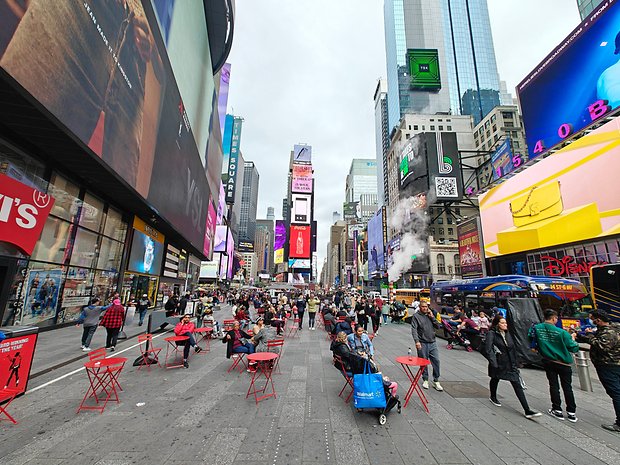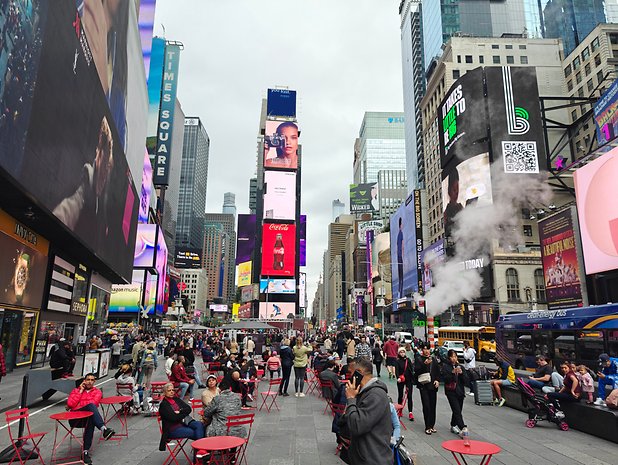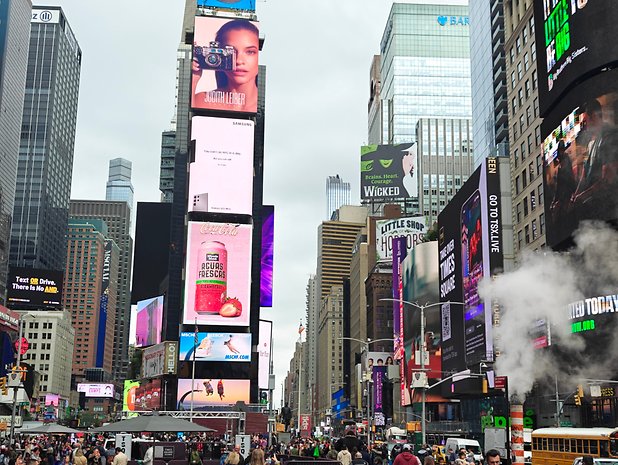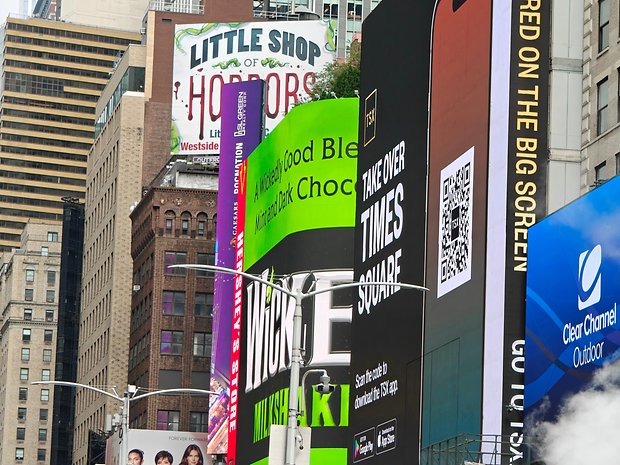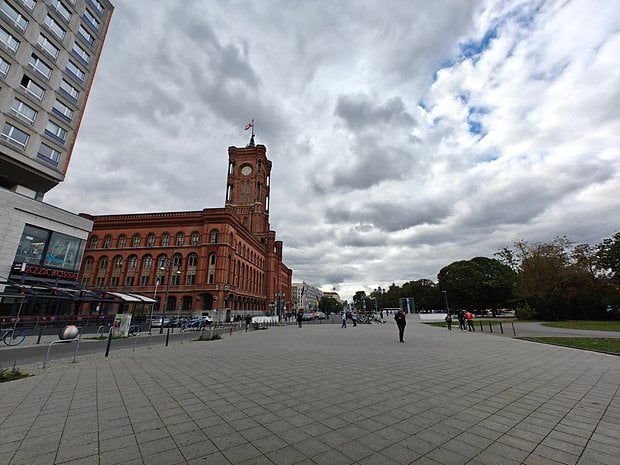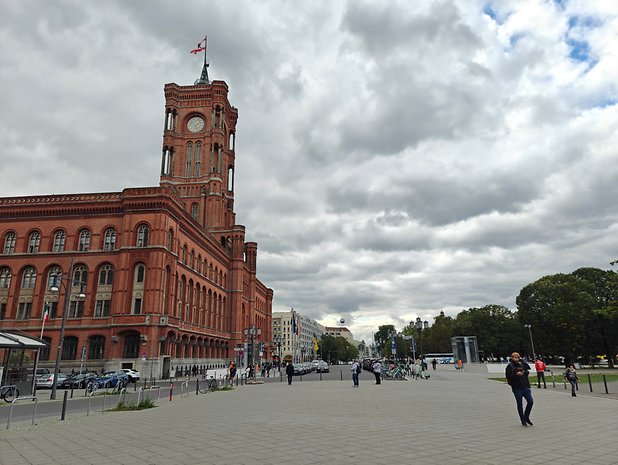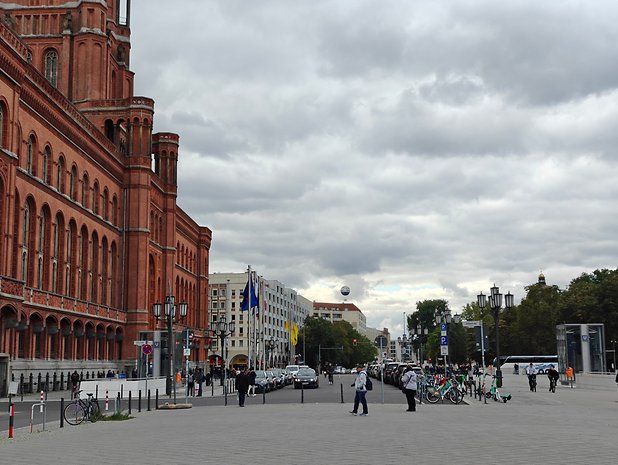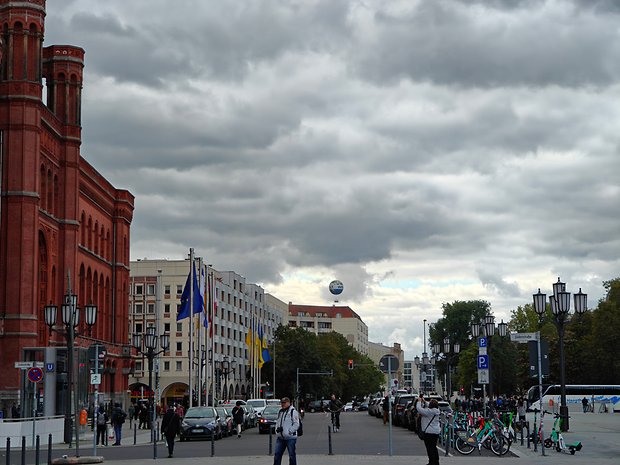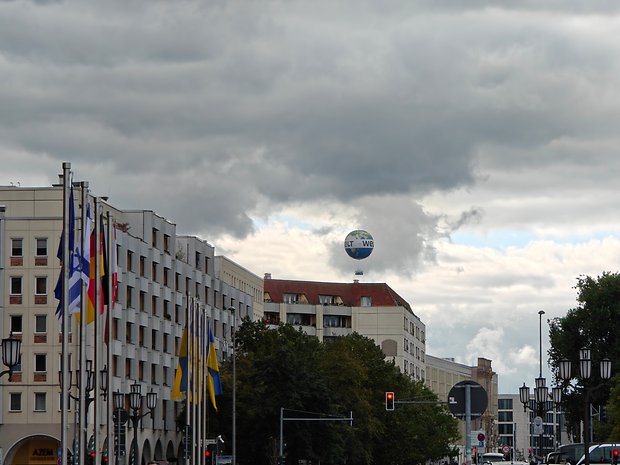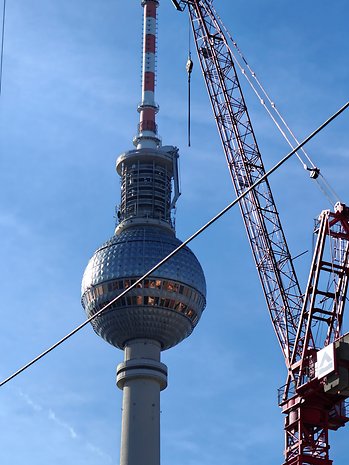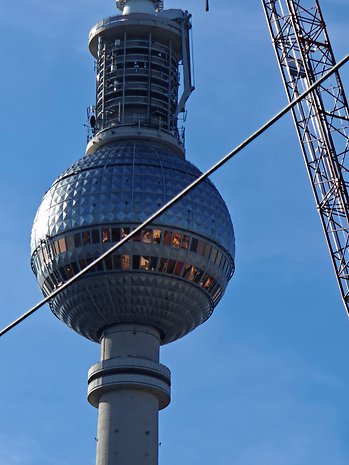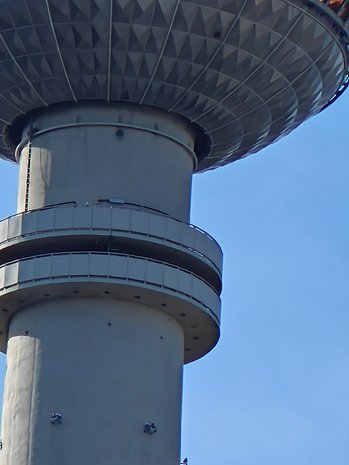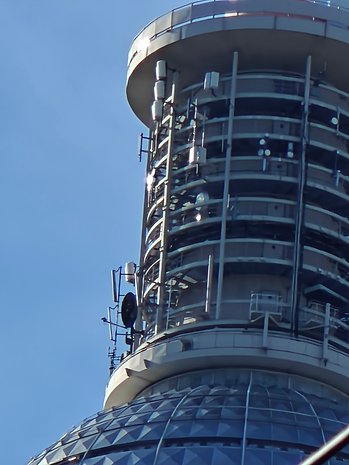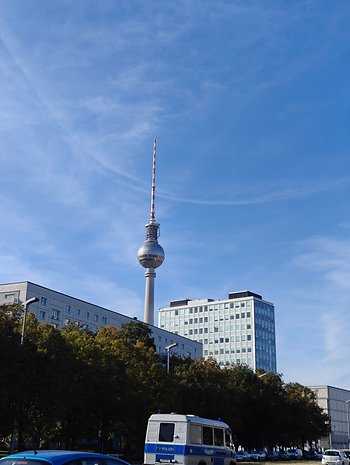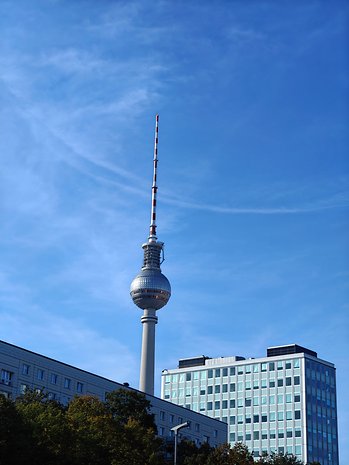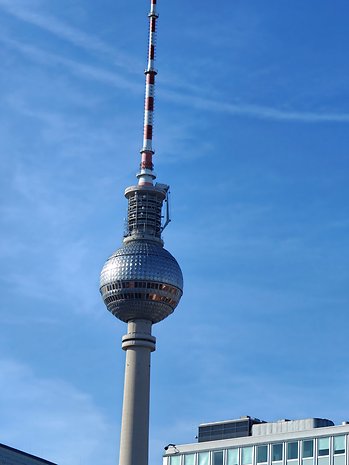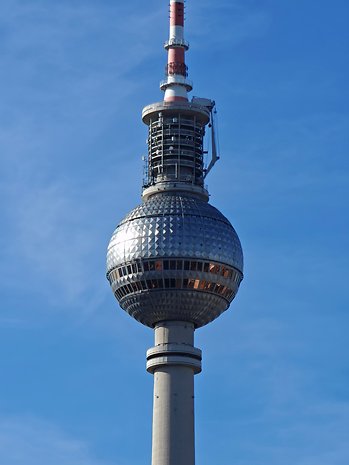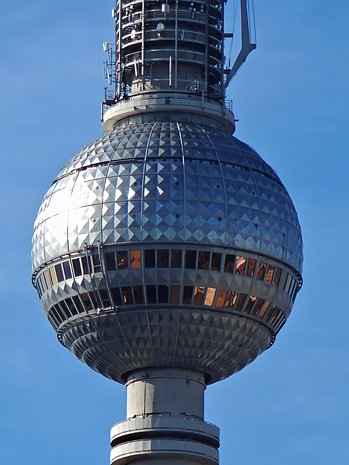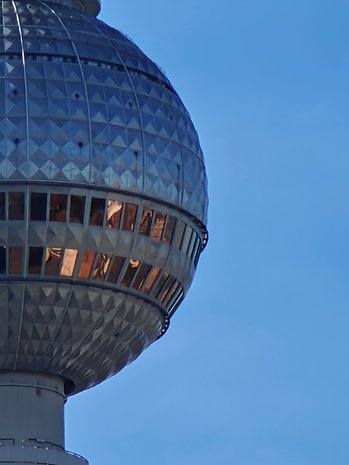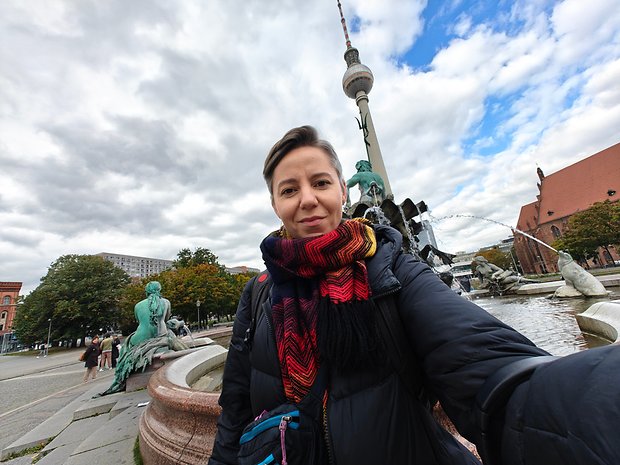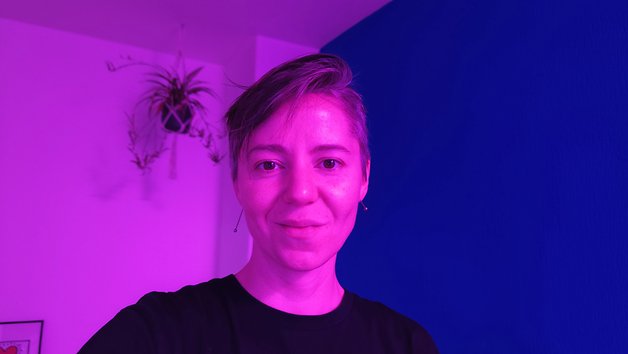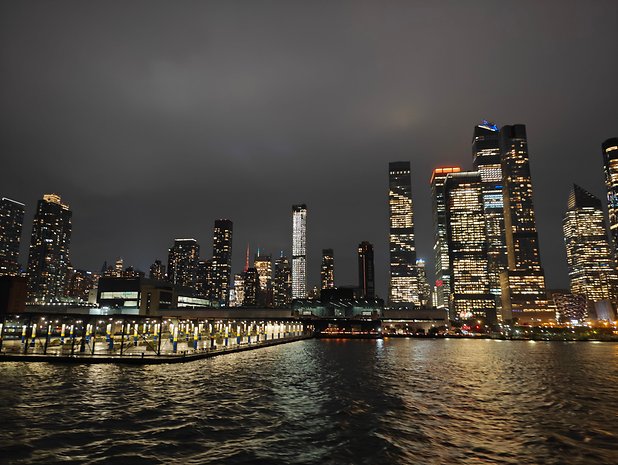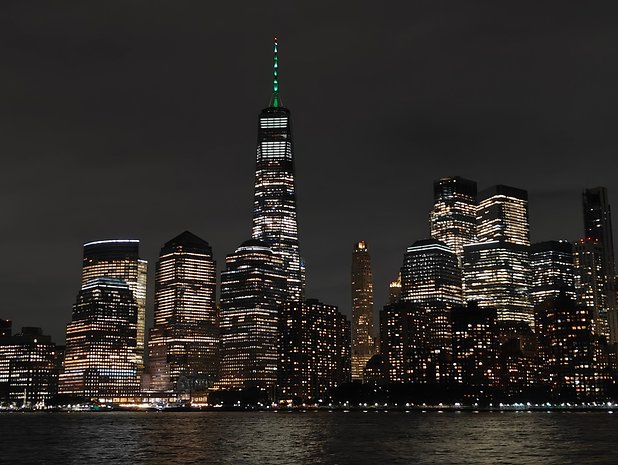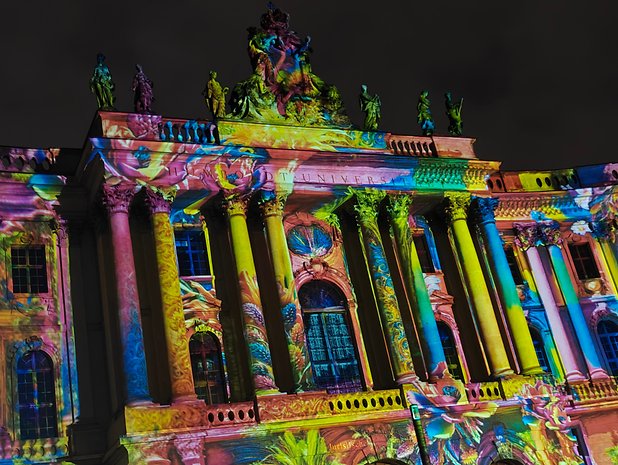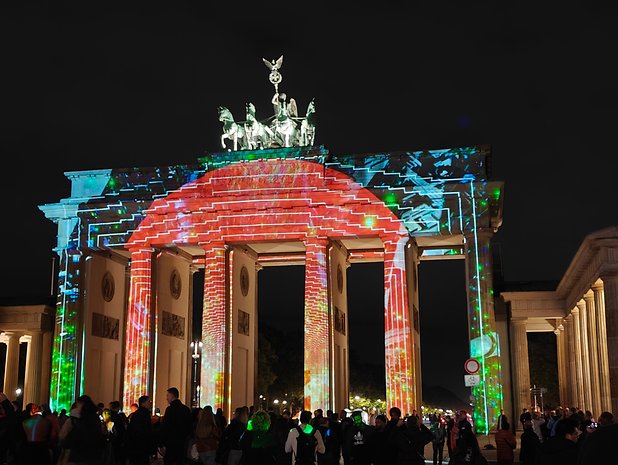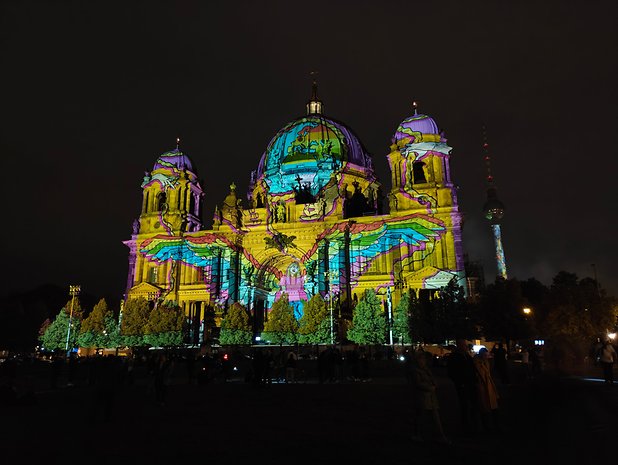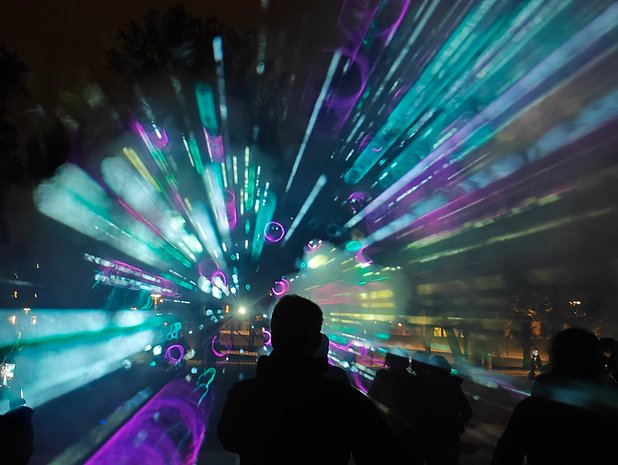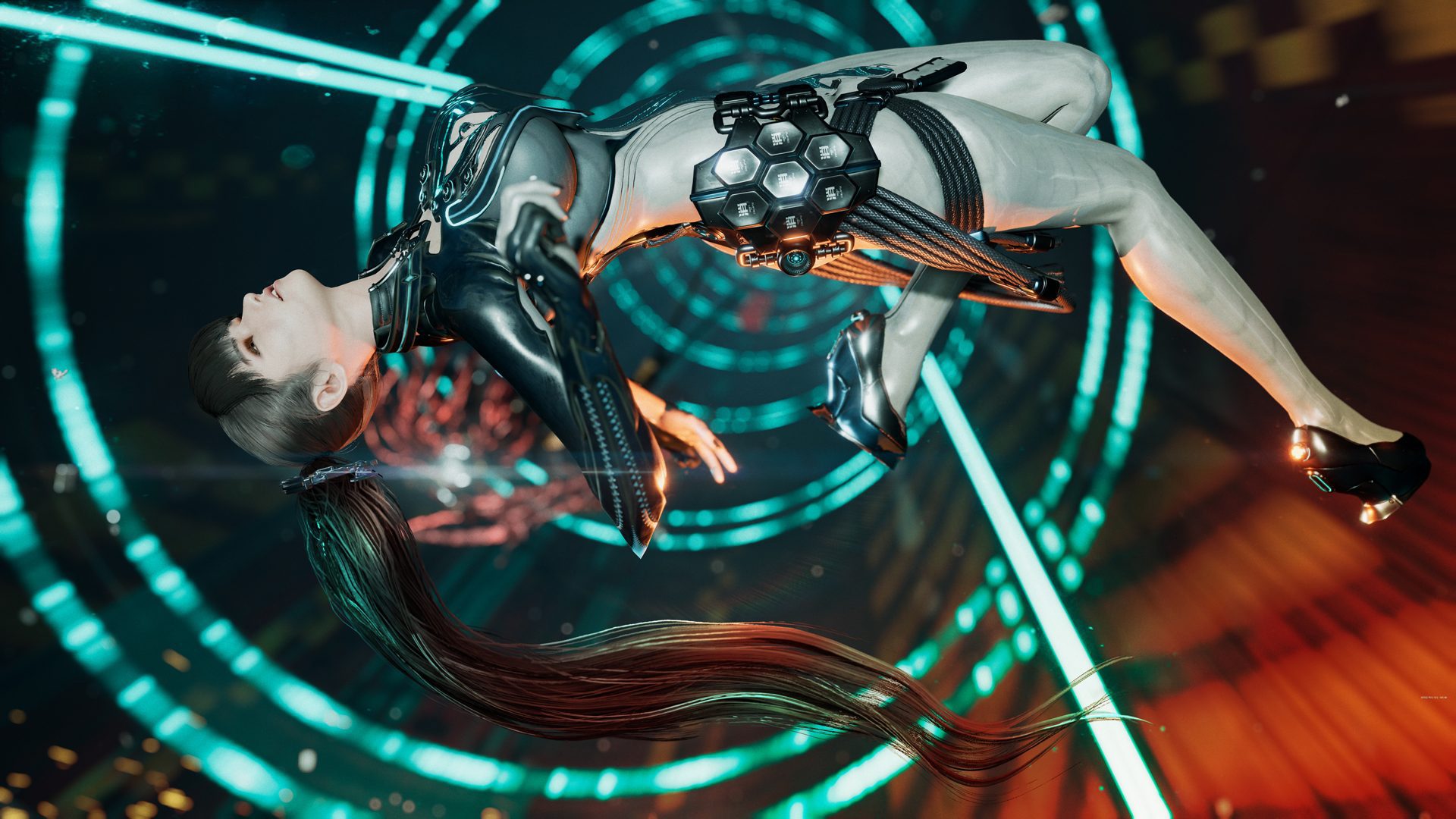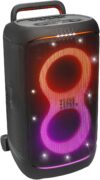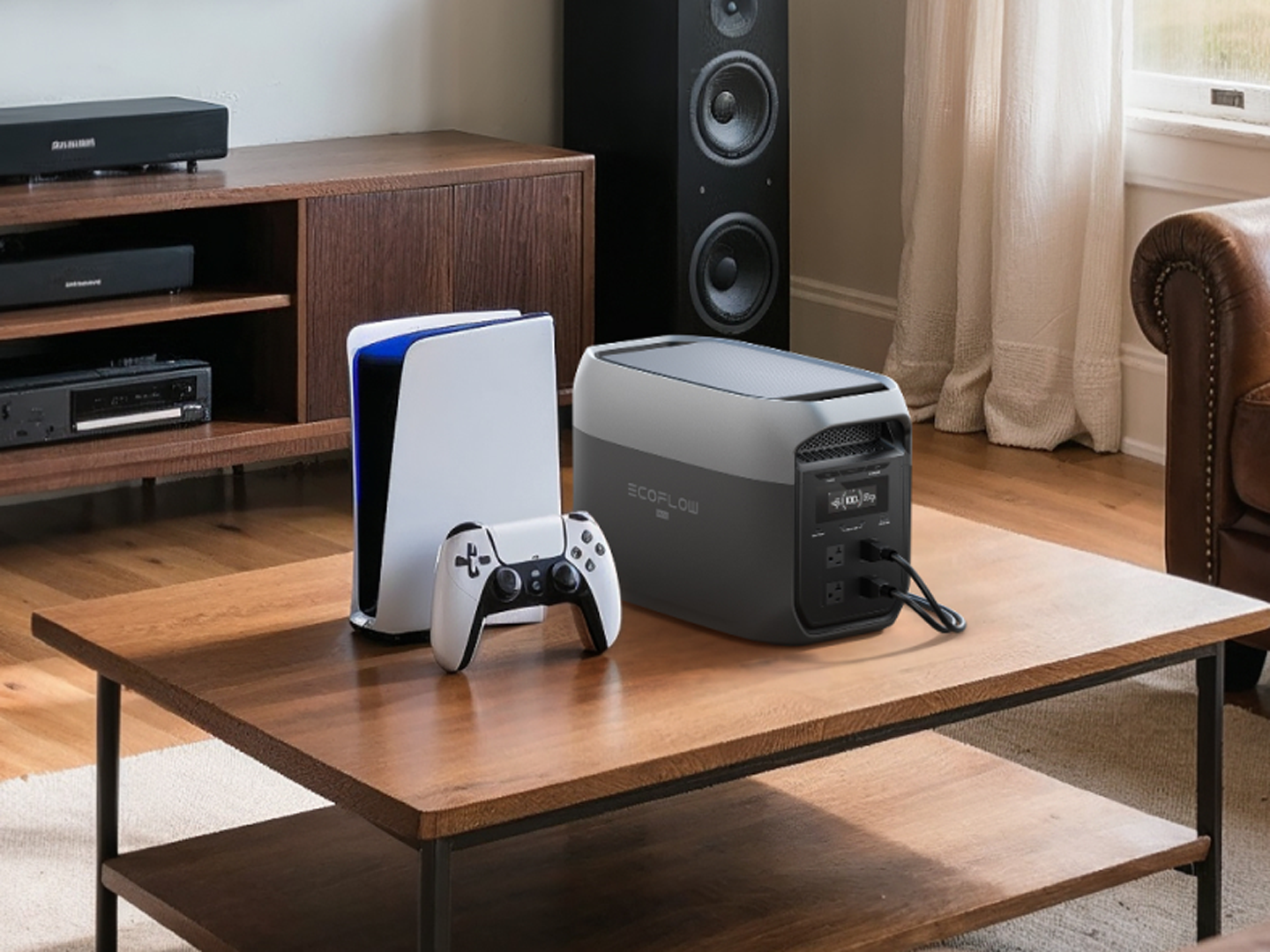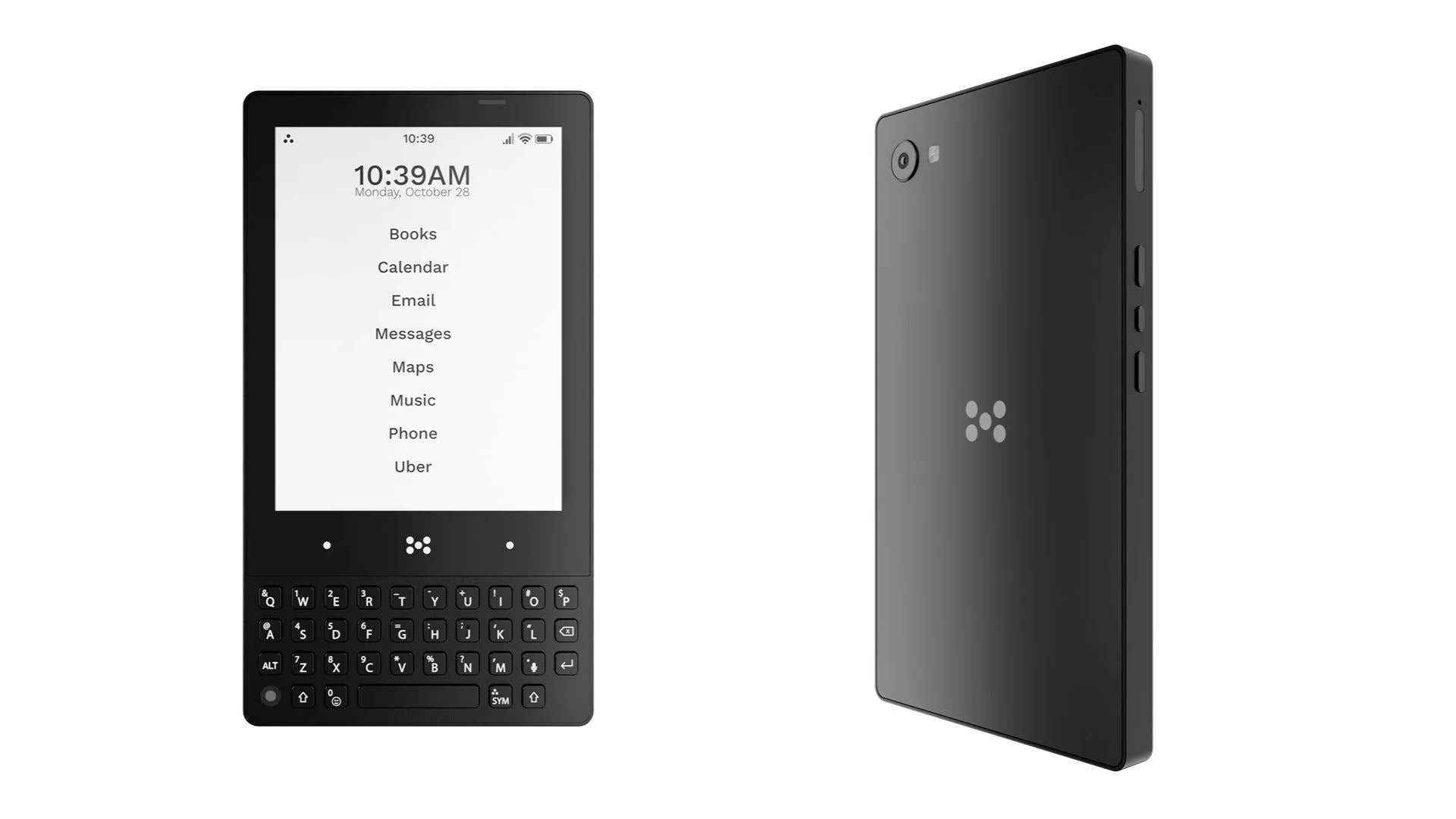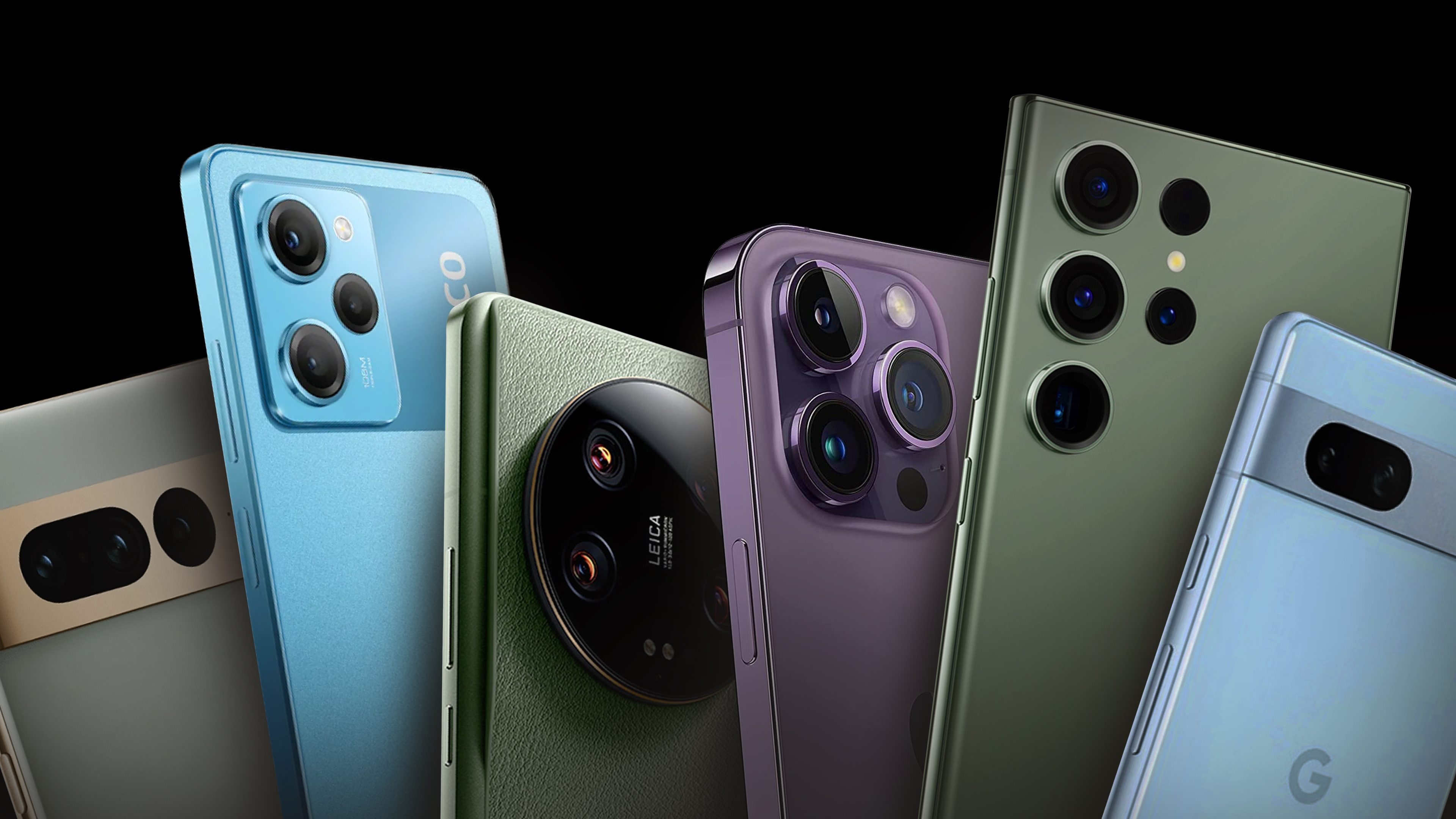
The best camera phones in 2024 compared
Table of Contents:
The best camera smartphones in 2024
If you’re looking for a top-camera smartphone at the beginning of 2024, the Google Pixel 8 Pro and Samsung Galaxy S24 Ultra are the best Android choices. For Apple enthusiasts, the iPhone 15 Pro Max is the premier option for camera quality.
There are also excellent camera phones available for under $1,000. In this price range, Google leads with the Pixel 8, along with the Pixel 7 and Pixel 7a. For the first time on our list of camera phones, we’ve included a foldable device: the OnePlus Open. It earns the title of the most capable foldable phone for photography ever released. Let’s take a closer look at these devices one by one.
The best camera smartphone 2024: Google Pixel 8 Pro
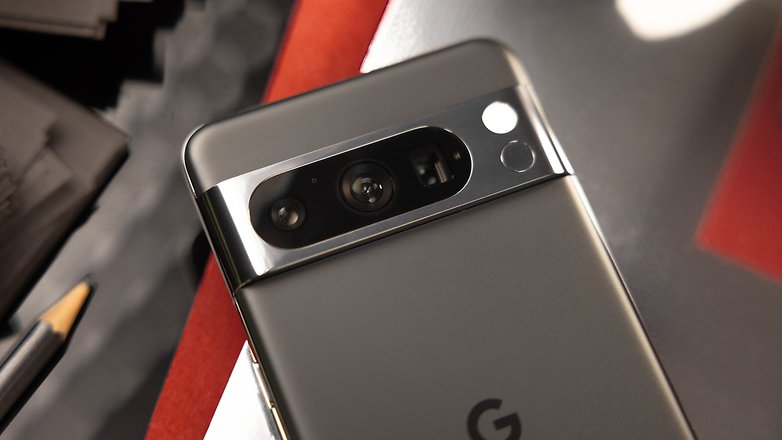
Read the Google Pixel 8 Pro review
In our last camera blind test of the year, the nextpit community chose the Google Pixel 8 Pro as the best camera in a smartphone for 2024.
The Pixel flagship’s 50 MP main camera features an f/1.68 aperture and a 1/1.31-inch sensor. It’s accompanied by a 48 MP ultra-wide-angle camera with a 125.5-degree field of view, which can also handle macrophotography.
The camera system is rounded off with a 5x telephoto zoom camera at 48 MP. Image stabilization is both optical and electronic. At the front, there’s a 10.5 MP selfie camera in the punch hole.
A standout feature of all these cameras is their access to the company’s advanced AI capabilities. The software, with tools like the Magic Eraser, Best Take, and the new Magic Editor enhances your photos significantly. With more software updates on the horizon, the Pixel 8 Pro’s camera is set to get even better over time.
Speaking of longevity: with a seven-year update guarantee, you can enjoy this smartphone for a long time. Naturally, its other specs are just as impressive. It features the latest Tensor 3 SoC, a 6.7-inch OLED display, 12 GB of RAM, and up to 512 GB of storage.
The device is encased in an IP68-certified housing and is equipped with a 30 W rechargeable battery boasting a capacity of 5,050 mAh. It goes without saying that the display runs on the brand-new Android 14 in its purest form.
If you’re interested in purchasing it, the recommended retail price is $999.
Good
- A smartphone camera at its best
- Merciless update promise
- Better haptics than the predecessor
- Sufficient everyday performance
- Great AI functions
- 1-120 Hz display
Bad
- G3 is not a flagship processor
- Price hike
- No charger included
- Some promised features are still missing
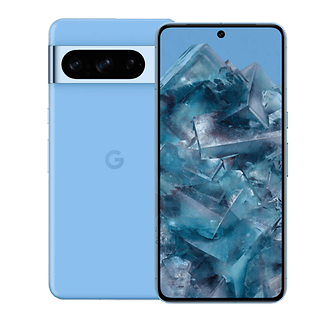

The best Android alternative: Samsung Galaxy S24 Ultra

Read the Samsung Galaxy S24 Ultra review
The Galaxy S24 Ultra is undoubtedly the best smartphone you’ll be able to buy in 2024, and that’s largely thanks to its excellent camera module, which shines for its versatility.
The switch from 10x to 5x optical zoom has not altered photo quality, as the zoom has even gained in clarity. The S24 Ultra also boasts an irreproachable main lens in all circumstances, a convincing daytime ultra-wide angle and top-notch selfie quality. The smartphone still shoots in 8K and once again integrates many exciting shooting modes.
This year, the Galaxy S24 Ultra even lets you have fun with the many retouching possibilities offered by Galaxy AI. I invite you to read our first test of Samsung’s AI to find out more.
In addition to an exceptional camera smartphone, you’ll get an all-round smartphone with a beautiful 120 Hz screen, impressive performance and convincing battery life. Samsung now even promises seven years of Android updates and seven years of security patches.
Good
- Premium titanium design
- Flat 120 Hz screen, more ergonomic, and as bright as ever
- Top performance and battery life
- Efficient and (slightly) less versatile camera module
- Integrated S Pen
- 7 Android updates & 7 years of security updates
Bad
- Expensive
- Galaxy AI functions are still too gimmicky
- Charging speed is far too slow
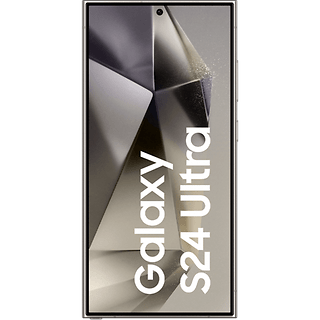
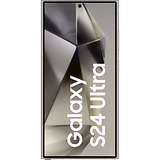
The best camera iPhone from Apple: iPhone 15 Pro Max
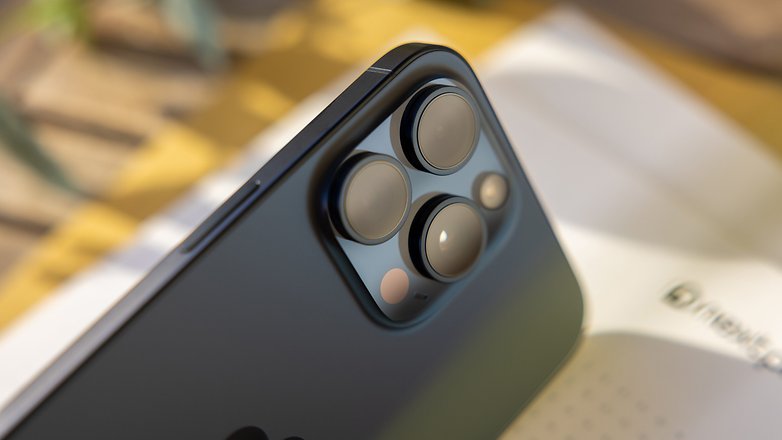
Read the Apple iPhone 15 Pro Max review
The iPhone 15 Pro Max is the spearhead of camera smartphones from Apple. It has a triple camera, consisting of a main camera with 48 MP (f/1.78 aperture), an ultra-wide-angle camera with 12 MP (f/2.2 aperture), and a telephoto lens with 12 MP (f/2.8 aperture).
The telephoto lens has a 5x optical zoom, whereas in the previous generation you had to make do with a 3x zoom. There is also still a 12 MP selfie camera at the front.
Remarkable: Both the front and rear camera sensors can film in 4K at 60 fps. In addition to the versatility of the camera system, the quality of the telephoto zoom and the portrait mode were praised in our reviews.
Good
- Unchanged look, but beautiful titanium blue color
- Perfect finish
- Versatile camera module with good zoom
- Well-calibrated 120 Hz screen
- Top performance
- Very decent battery life
- Excellent update policy
Bad
- Night-time photo quality not always consistent
- Recharging far too slow for the price
- Massive form factor despite “lighter” titanium
- Petty USB 2 cable
- Exorbitant price

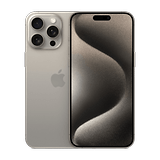
Best camera smartphone up to $1,000: Google Pixel 8

Read the Google Pixel 8 review
Of course, the basic 2023 model should not be missing from the big Pixel festival. The Pixel 8 “only” has a dual camera like its predecessor, but it is impressive. The main camera offers exactly the same key data as its Pro brother, i.e. 50 MP, f/1.68 aperture, and a pixel size of 1.2 μm.
The ultra-wide-angle camera with 12 MP and f/2.2 aperture, on the other hand, falls short, but of course without disappointing. At night, the fact that you can’t keep up with the Pixel 8 Pro Cam with the ultra-wide angle is noticeable in a negative way, but apart from that, these images are almost as impressive as those of the main camera.
The 2x zoom is also impressive and, as is usually the case with Pixel phones, and Google also excels in the AI functions. The range of functions is identical to that of the large Pixel 8 Pro, but this also means that some of the previously announced functions are not yet ready for launch.
Here too, regardless of the cam, you get a powerful smartphone with a Tensor 3 chipset, 6.2-inch OLED display, 8 GB and up to 256 GB memory. Another big advantage over the competition here: Pure Android 14 and a tempting update promise of seven years!
Good
- Seven years of security and feature updates
- Excellent Pixel camera
- Good everyday performance
- Good enough battery life
- Bright and fast 120 Hz display
Bad
- Google’s graveyard of dead promises
- Not so fast charging
- More expensive than the Pixel 7


Best camera smartphone up to $600: Google Pixel 7
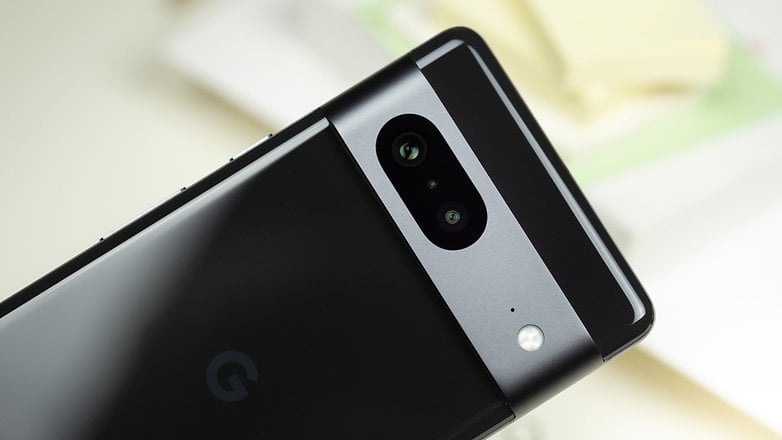
Read the Google Pixel 7 review
Compared to the Pixel phones mentioned above, the Google Pixel 7 already has one more year under its belt. However, this also means that its price has fallen more sharply, and it has therefore entered the $600 category.
As with the Pixel 8, Google combines a 50 MP main camera with a 12 MP ultra-wide-angle shooter. At 10.8 MP, the resolution at the front is even slightly higher than on the successor.
All cameras deliver 4K videos with 60 fps, and the main camera impresses with brilliant images during the day and at night. Only the ultra-wide-angle photos at night are not as great as with the main camera.
The Tensor 2 powers this 6.3-inch device and, as with the Pixel 8, there is up to 256 GB of storage space and 8 GB of RAM. The battery, which has a capacity of 4,355 mAh, can be charged with up to 21 W.
Good
- Well-calibrated 90Hz Full HD+ OLED display
- Premium design (Gorilla Glass Victus, aluminum frame, IP68)
- Efficient dual camera module
- Android 13 with lots of exclusive features
- Excellent battery life
- Competitive price
Bad
- No 120 Hz refresh rate
- 20W wired charging is too slow
- Back design is less beautiful than last year
- No significant performance gain between the Tensor G1 and G2
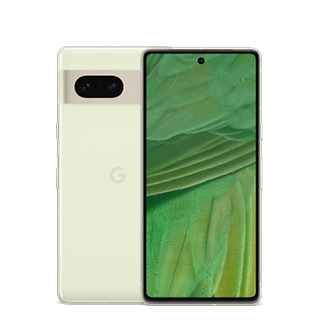
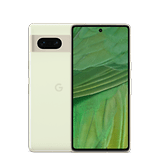
Best camera smartphone up to $500: Google Pixel 7a
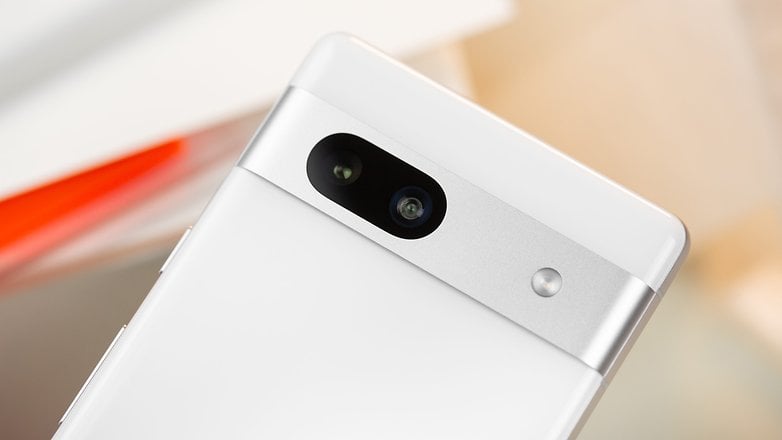
Read the Google Pixel 7a review
If the Pixel 7a convinced us so much that we gave it the maximum 5-star rating, that’s how efficient Google’s mid-range smartphone is. This quality is logically reflected in the photo module, which is quite impressive considering the price.
The main lens shoots bright, vivid images, highlighting the natural colors of the scene and offering excellent contrast both day and night. The 2x digital zoom is fantastic, and the ultra-wide-angle and selfie lenses are not to be outdone by good image quality, making the Pixel 7a truly versatile.
Apart from the photo module, whether it’s the 90 Hz OLED panel, the Tensor G2 SoC, IP67 certification or battery life, you’ll get your money’s worth with the Pixel 7a. Google also promises a good update policy for this segment, with three years of Android updates and five years of security patches.
Good
- Compact design
- Top-notch performance
- Versatile and trustworthy camera
- All-day long battery
- Wireless charging
Bad
- Slow charging time
- No power adapter in the box
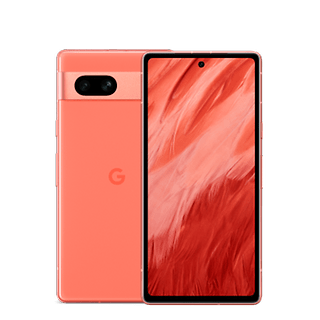
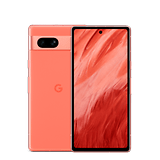
The best camera foldable phone: OnePlus Open
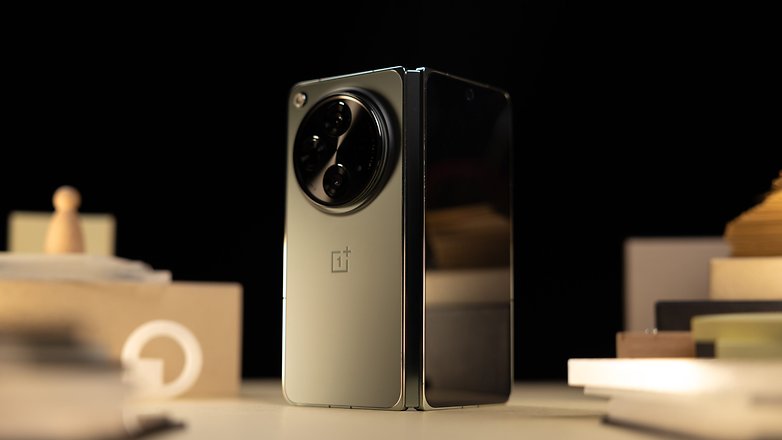
Foldable phones are really popular now. Gone are the days when they were just an exciting concept. Above all of them, we have the OnePlus Open—which is a great camera phone.
Photography fans will really like the camera made by Hasselblad. We’ve used it for a while and it’s great. Its main part is the 48 MP Sony LYTIA-T808 camera. This camera has a big 1/1.43″ CMOS sensor and a lens that lets in a lot of light (f/1.7 aperture), so pictures are clear.
There’s also a 64MP zoom camera that can zoom in 3 times without losing quality, 6 times using digital tricks, and up to 120 times with Ultra Res zoom, but this last one isn’t as good. Plus, there’s a 48MP wide-angle camera that can take wide pictures up to 114°, great for capturing big scenes.
However, I must mention that in our latest foldable camera blind test, the OnePlus Open did not find favor with our community. The majority of participants considered the Galaxy Z Fold 5 the best foldable phone for photos. Despite this, we are keeping the OnePlus Open on our list due to the versatility of its camera module.
The OnePlus Open not only looks great but performs even better, and it’s more affordable than its competitors. About its features—the phone has a design similar to the Galaxy Z Fold 5 but with its own unique touch. It charges superfast, and its multitasking features, like the ‘Recent fold’ and OnePlus Canvas, really boost productivity.
In short, if you’re in the market for a foldable phone this year that excels in photo and video performance, the OnePlus Open should be your top choice. It’s budget-friendly, feature-rich, and simply enjoyable to use.
Good
- User-friendly when open or closed
- Alert Slider onboard
- Excellent camera performance
- Reliable and consistent performance
- All-day battery life
- Rapid 67 W SuperVOOC charging
Bad
- No room (yet) for exclusive UI customization between displays
- Omitted wireless charging for design
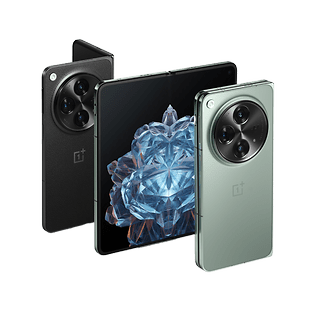
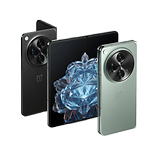
Buying guide: How to find the best camera phone?
Before we go into more detail about our selection of smartphones with the best cameras, we would first want to elaborate on a few basic smartphone camera features that you will come across time and again in our reviews.
What distinguishes a good camera from a bad one?
Detailed reproduction
When it comes to detailed reproduction of a scene, the more pixels the better. This is because you can print larger photos or crop them later and still end up with a pretty good quality image. While almost all current smartphones offer excellent quality with the main camera, it is the zoom performance that separates the wheat from the chaff. For example, if having powerful zoom is important to you, you should choose a smartphone with two zoom lenses.
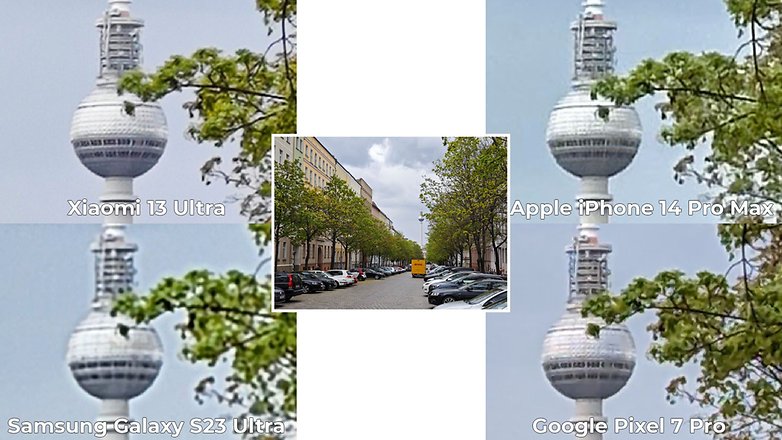
Every smartphone has different strengths and weaknesses, that’s for sure. This is why you should consider where you normally snap photos. The Galaxy S23 Ultra, for example, begins to see visual quality deteriorate more starting from 3x, where it can only shoot at native focal length again at 10x. The Xiaomi 13 Ultra, on the other hand, distributes its lenses more evenly across the entire focal length range.
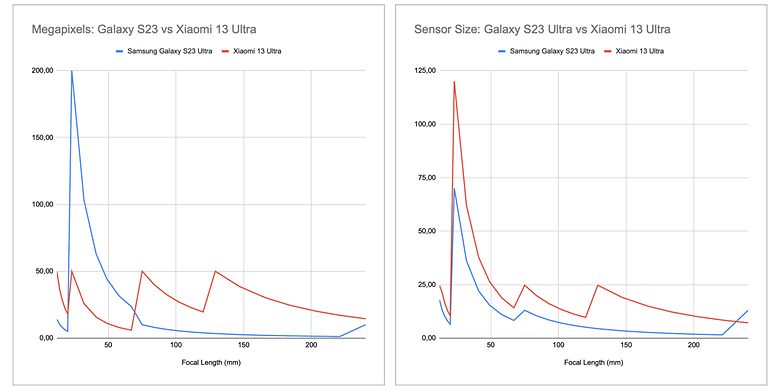
If you do not need plenty of zoom performance but prefer to take panorama shots, then it is best to look out for a powerful camera module behind the ultra-wide angle lens. Of course, a good sensor for the main camera goes a long way, too. Large sensors, in particular, are less susceptible to image noise in low-light conditions.
Finally, the manufacturer’s algorithms always play an important role. Major players like Apple, Samsung and Google—are traditionally ahead of the minnows in this department.
Colors: White balance
What is “white balance”? Your brain constantly analyzes the ambient light and answers this question for you every second, always ensuring that you can recognize colors relatively correctly. In cameras, image recognition algorithms must continuously handle this “white balance”. This is easy to do so in daylight, but the difficulty ramps up in artificial or even mixed light conditions.
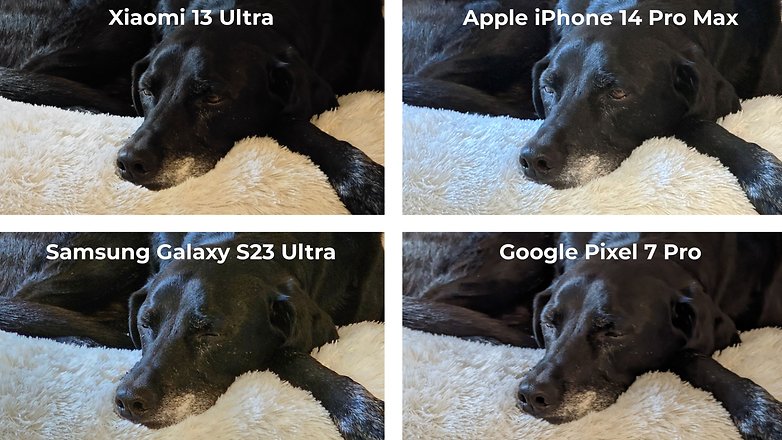
In the subject shown above, cold evening light comes in through the window from the left, and warm artificial light shines on the office dog and the creamy white coat from the right. You can see for yourself here how the four different smartphones handle color temperatures differently. Apple and Samsung are clearly too cold in this picture, the Pixel 7 Pro is very neutral and the Xiaomi 13 Ultra is a bit too warm.
At the same time, you can see the challenge of achieving correct exposure in this picture: Just like the correct white balance, smartphones also have to accurately determine what is really bright and what is dark. Which image do you like best here? I look forward to hearing your opinions in the comments!
Colors: Skin tones
It doesn’t matter if you’re Caucasian, Asian, or African-American: everyone’s skin tone is the same. What does change—in terms of colorimetry—however, is the amount of gray. This, in turn, means that we can determine what is a good color rendering and what is not, regardless of skin type.
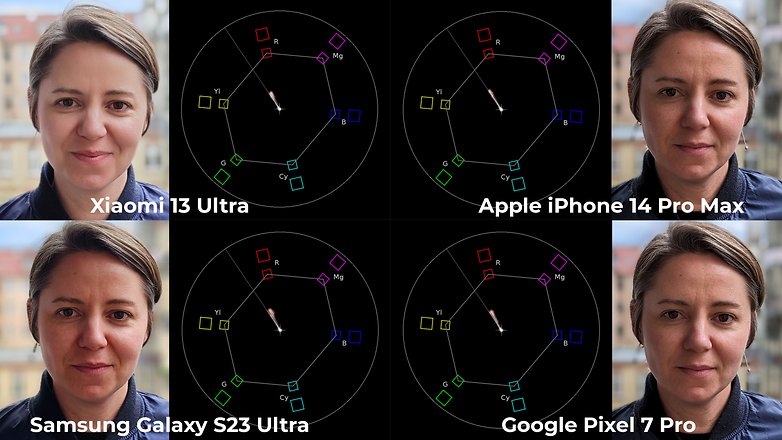
So, what is “good” color reproduction? We can find an answer to this, for example, in the terrific Color Grading Handbook by Alexis Van Hurkman*: For Caucasians, Hurkman recommends a saturation of 40% and about 2° above the “skin tone” line. With this, the iPhone 14 Pro Max would be a tad too yellow-green here, and all smartphones except the Xiaomi 13 Ultra would be a bit too saturated.
Besides that, there are of course numerous other parameters to consider, but most of them can be adjusted. For example, the Xiaomi 13 Ultra flattens faces quite a bit with the default settings, but the effect can be changed in portrait mode.
How many cameras are good enough?
Obviously, the more cameras your smartphone has, the more flexible you can be when taking pictures. The main sensors, for example, usually have a focal length of 24 to 26 millimeters, which is equivalent to 35 mm. This corresponds to a relatively large angle of view and is well suited for landscape and city shots, for example.
For portraits or distant subjects, however, you need a telephoto zoom lens, usually between about 70 and 240 millimeters. The higher the resolution of the main camera, the more room you have for a digital zoom without having to rely on a real telephoto lens. It is unfortunate that the law of physics simply sets limits in this aspect. On the other hand, many smartphones offer an ultra-wide angle camera that is suitable for particularly wide subjects.
All other sensors for bokeh, macro, black-and-white, and others fall under the category of “data sheet padding” and have virtually no use.
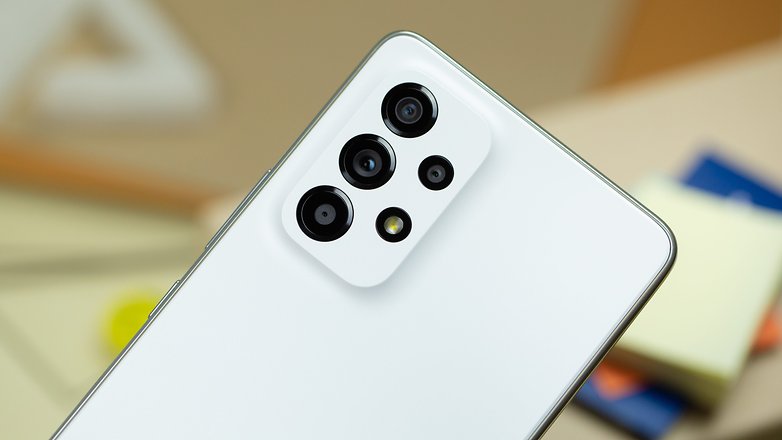
What do focal length and optical zoom mean?
The focal length of a camera is always shown in millimeters. The higher the number, the more “powerful the zoom”, which translates to more magnification you get. The main cameras of smartphones usually range from 24 to 26 millimeters in 35 mm equivalent. Ultra-wide-angle cameras with “0.5x” have half the focal length and would be at 12 to 13 millimeters accordingly. A 3x telephoto zoom camera would then be 72 to 78 millimeters in 35 mm equivalent.
The optical zoom of a camera system is the ratio between the smallest and largest focal length. A camera system with 12 to 120 millimeters, therefore, has a 10x zoom. In the case of smartphones, however, the manufacturers usually calculate from the main camera—from 24 to 120 millimeters would therefore be a 5x zoom according to this calculation method, and an ultra-wide angle camera with 12 millimeters is 0.5x.
As if that weren’t weird enough, manufacturers replace the upper optical focal length with an arbitrary maximum value for a digital zoom to calculate the zoom factor—and then come up with a 50x, 100x, or 200x zoom that has long since lost any meaning.
What does the sensor size mean?
Another important point for estimating the image quality is the size of the image sensors in smartphones. The larger the sensor, the more light it captures and, in turn, the better the image quality. The sensor size is usually specified in 1/1.2-inch format—the smaller the number under the fraction, the larger the sensor and the better the expected image quality.
Sensor size is also directly related to pixel size via resolution. Roughly speaking, the pixel size in microns is calculated by dividing the edge length of the sensor by the horizontal or vertical resolution. The larger the pixels, the more light they capture and the better the image quality.
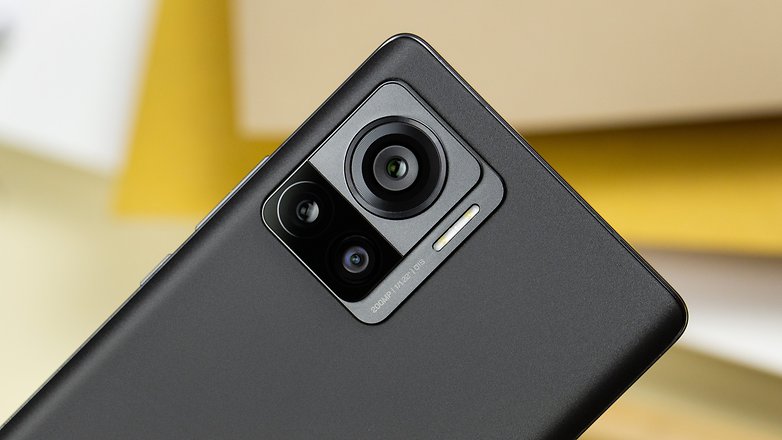
What is an aperture?
The term “aperture” describes the focal length of the optical system in relation to the diameter of the entrance pupil of the lens. It sounds complicated, but you only need to remember one thing here: The smaller the number, the more light is allowed into the sensor, and the less image noise you will theoretically have at night. Therefore, F1.6 is better than F2.0. The f-number is often also written as aperture ratio, then in the format f/2.0.
Of all the technical key data of smartphone cameras, however, one great unknown quantity remains: image processing in the smartphone. The quality of the algorithms that convert the raw data from the sensor into JPEG or HEIC images is often more important than the technical data of the smartphone camera.
Therefore, it is always worth taking a look at our sample photo galleries, which nextpit provides in their original size for all current smartphone reviews, apart from the spec sheet.
What do you think of our selection? What models did we miss out on that you think should be included? We’d love to hear your feedback in the comments.
This article was updated in April 2024 with current pricing. The previous comments have been retained.






